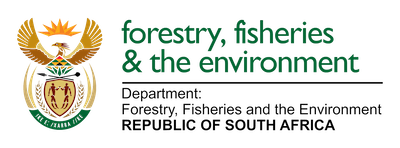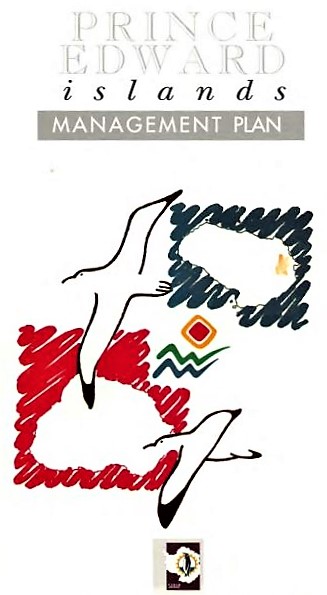
by Ria Olivier | Jul 31, 2021 | International Days, Marine Protected Area, Marion Island, Prince Edward Island, Prince Edward Islands
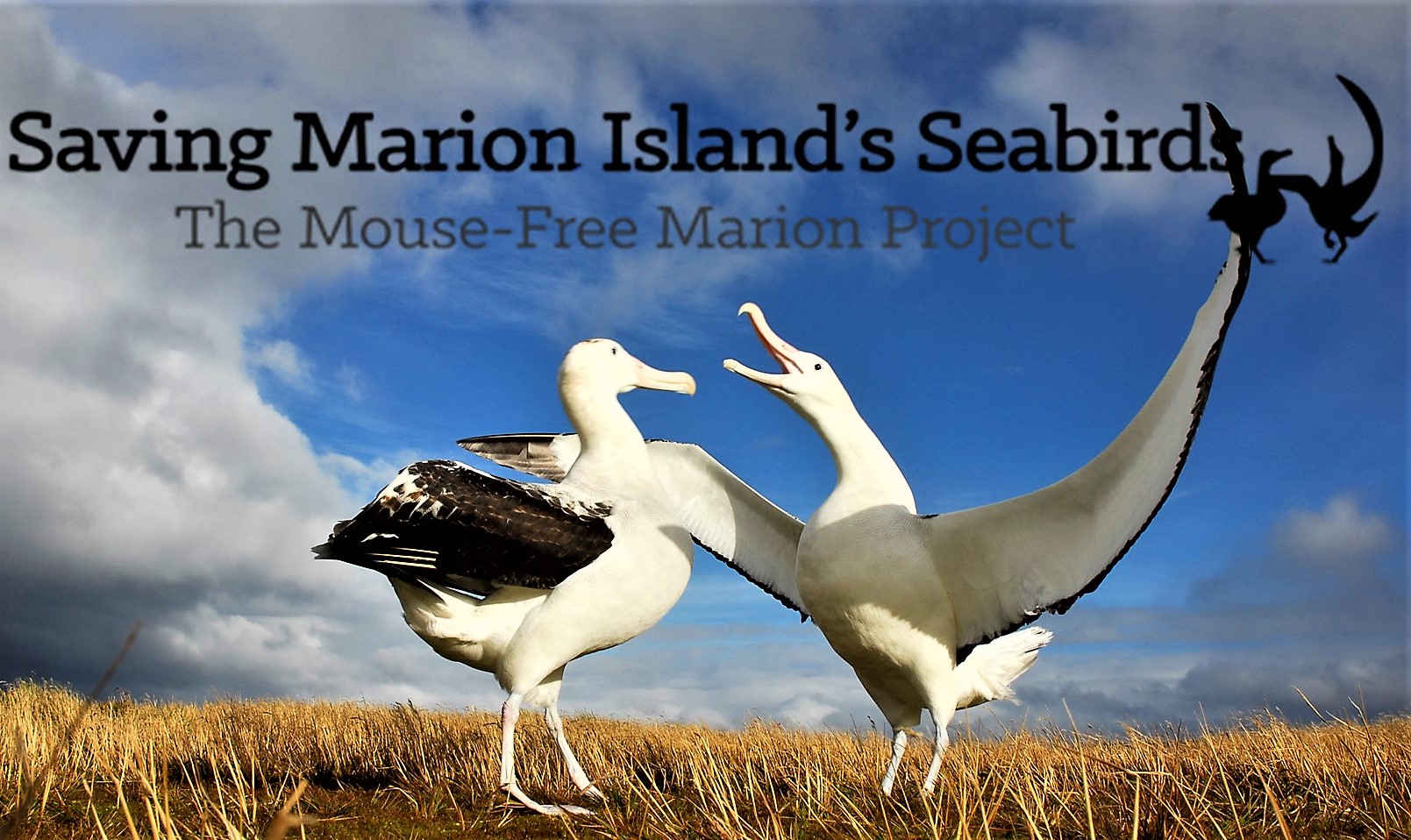 The 1st of August 2021 represents Africa’s first ever Marine Protected Area Day. “A Marine Protected Area (MPA) is an area of coastline or ocean that is specially protected for the benefit of people and nature The rich diversity of coastal and ocean ecosystems in South Africa are protected through a network of MPAs. Prior to 2019, there were 25 formally declared MPAs including 23 permanent coastal MPAs, including the large Prince Edward Islands (PEIs) MPA in the Southern Ocean. Thirty percent of South Africa’s territory in the Southern Ocean is protected by Prince Edward Islands MPA- https://www.marineprotectedareas.org.za
The 1st of August 2021 represents Africa’s first ever Marine Protected Area Day. “A Marine Protected Area (MPA) is an area of coastline or ocean that is specially protected for the benefit of people and nature The rich diversity of coastal and ocean ecosystems in South Africa are protected through a network of MPAs. Prior to 2019, there were 25 formally declared MPAs including 23 permanent coastal MPAs, including the large Prince Edward Islands (PEIs) MPA in the Southern Ocean. Thirty percent of South Africa’s territory in the Southern Ocean is protected by Prince Edward Islands MPA- https://www.marineprotectedareas.org.za
MARINE LIVING RESOURCES ACT 18 OF 1998 = – REGULATIONS FOR THE MANAGEMENT OF THE PRINCE EDWARD ISLANDS MARINE PROTECTED AREA – Published under Government Notice R422 in Government Gazette 36572, dated 21 June 2013. Gazette No. 18930, Notice No. 747. Commencement date: 1 September 1998 [Proc. No. 80, Gazette No. 19148]
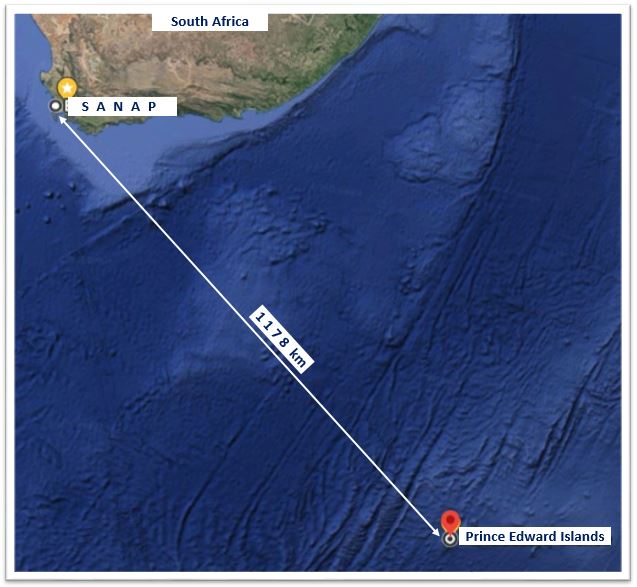 Prince Edward Islands Marine protected Area is a “A volcanic sub-Antarctic wilderness teeming with hundreds of thousands of penguins, albatrosses, petrels and seals. The Prince Edward Islands are the jewels in South Africa’s island crown. They comprise of the larger Marion Island and the smaller Prince Edward Island, which were annexed by the South African navy in 1948. A permanent weather station has been in operation ever since that provides vital information needed to monitor weather and climate change in the Southern Ocean. The islands are home to unique plants and animals not found near the South African mainland. There are millions of penguins, albatrosses, petrels, seals and a transient group of killer whales. The MPA was proclaimed in 2013 and covers 30% of South Africa’s Southern Ocean territory, representing 80% of its ecosystem diversity. It protects the productive waters surrounding the islands, as well as important features such as seamounts. This ensures that the krill and fish stocks that top predators depend on are not overexploited. Historically, there was intense fishing for Patagonion toothfish, but this collapsed and has been restricted to two vessels to allow for their recovery. The terrestrial ecosystems are under threat from invasive house mice that were accidentally introduced in the 1800s. The Mouse Free Marion project plans to eradicate the mice in 2021 to allow for the ecological recovery of the island’s plant, insect and seabird communities.” –https://www.marineprotectedareas.org.za/prince-edward-islands-mpa
Prince Edward Islands Marine protected Area is a “A volcanic sub-Antarctic wilderness teeming with hundreds of thousands of penguins, albatrosses, petrels and seals. The Prince Edward Islands are the jewels in South Africa’s island crown. They comprise of the larger Marion Island and the smaller Prince Edward Island, which were annexed by the South African navy in 1948. A permanent weather station has been in operation ever since that provides vital information needed to monitor weather and climate change in the Southern Ocean. The islands are home to unique plants and animals not found near the South African mainland. There are millions of penguins, albatrosses, petrels, seals and a transient group of killer whales. The MPA was proclaimed in 2013 and covers 30% of South Africa’s Southern Ocean territory, representing 80% of its ecosystem diversity. It protects the productive waters surrounding the islands, as well as important features such as seamounts. This ensures that the krill and fish stocks that top predators depend on are not overexploited. Historically, there was intense fishing for Patagonion toothfish, but this collapsed and has been restricted to two vessels to allow for their recovery. The terrestrial ecosystems are under threat from invasive house mice that were accidentally introduced in the 1800s. The Mouse Free Marion project plans to eradicate the mice in 2021 to allow for the ecological recovery of the island’s plant, insect and seabird communities.” –https://www.marineprotectedareas.org.za/prince-edward-islands-mpa
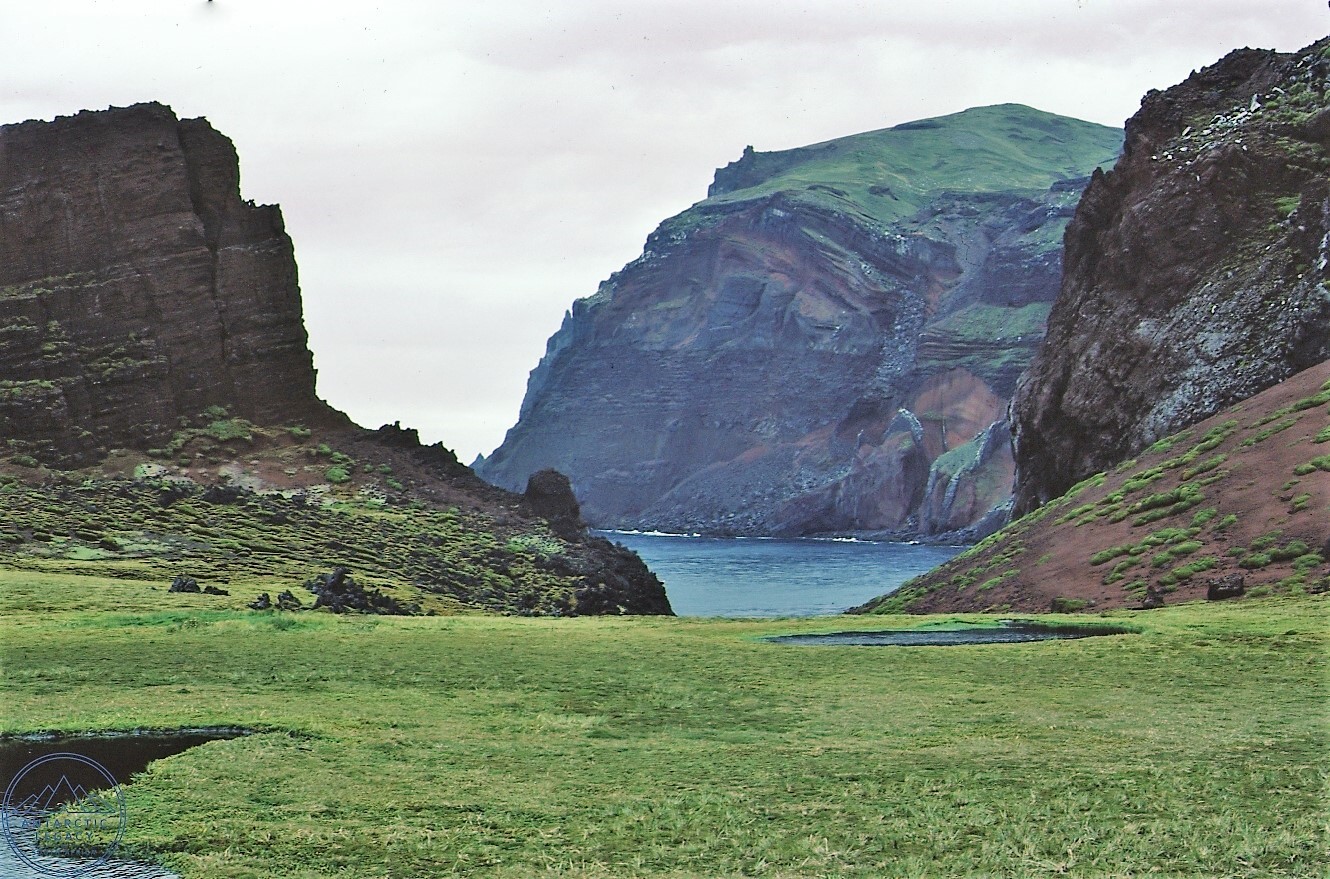
Prince Edward Island
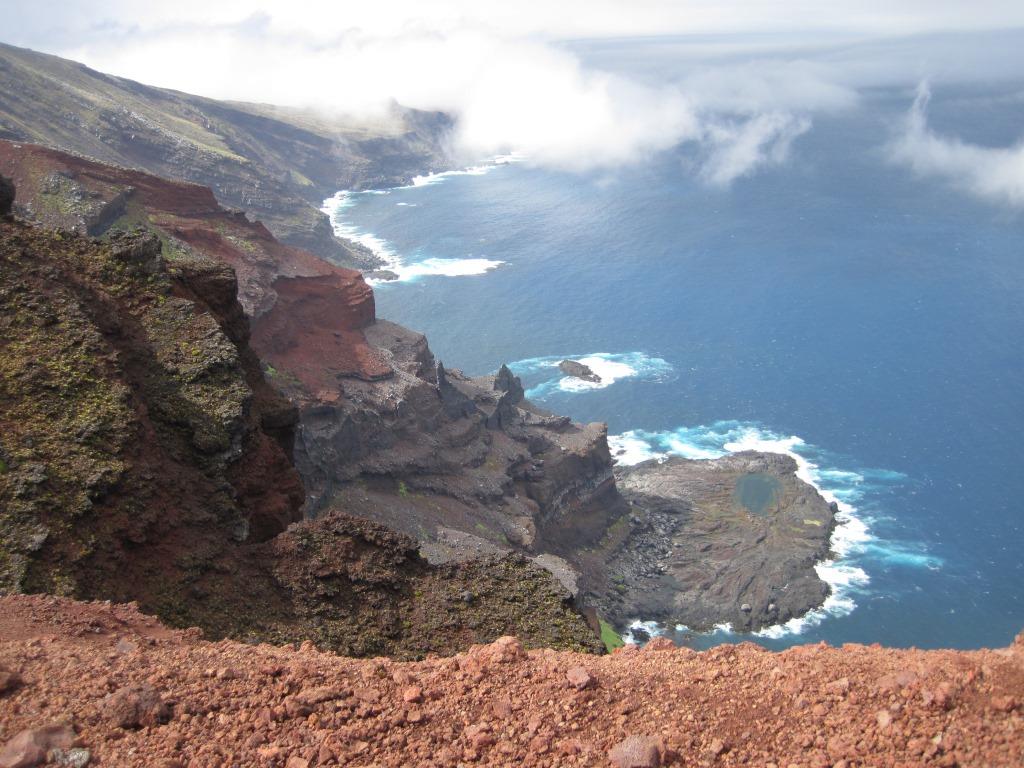
Marion Island
Images, videos and documents available on the Antarctic Legacy of South Africa’s Archive:

by Ria Olivier | Jun 25, 2021 | International Days, Oceanography, Research, SA Agulhas II, Uncategorised
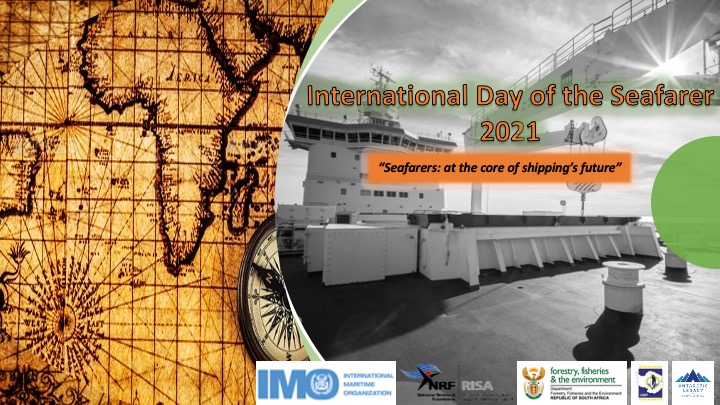
On the 25th June, we celebrate International Day of the Seafarer and recognise the invaluable contribution seafarers make to world trade and the global economy.
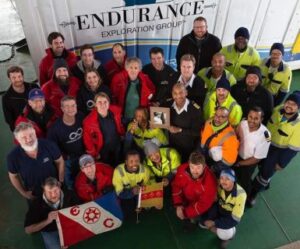
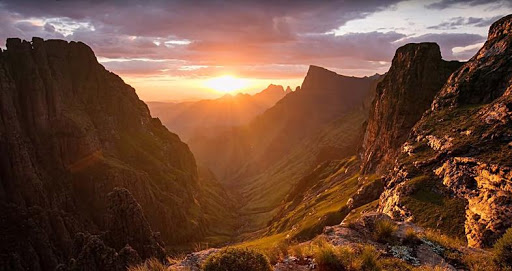

The Day of the Seafarer was established in 2010 by a resolution adopted in Manila during a diplomatic conference and has since been driven by the International Maritime Organization (IMO). This year is the 11th anniversary of the Day of the Seafarer and the IMO has outlined the following theme: “Seafarers: at the core of shipping’s future”. The theme “seeks to increase the visibility of seafarers by drawing attention to the invaluable role they play now and will continue to play in the future.”
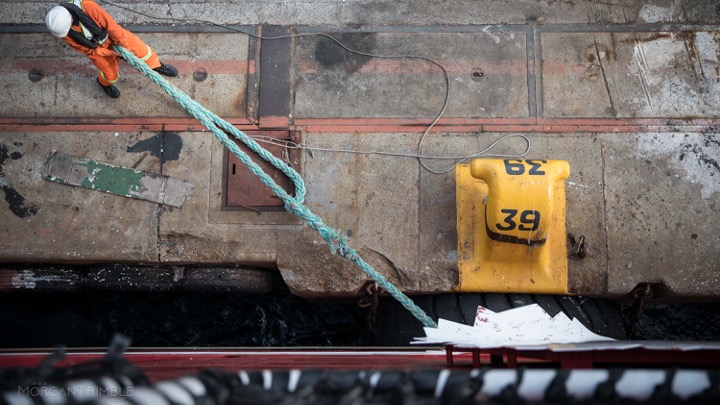
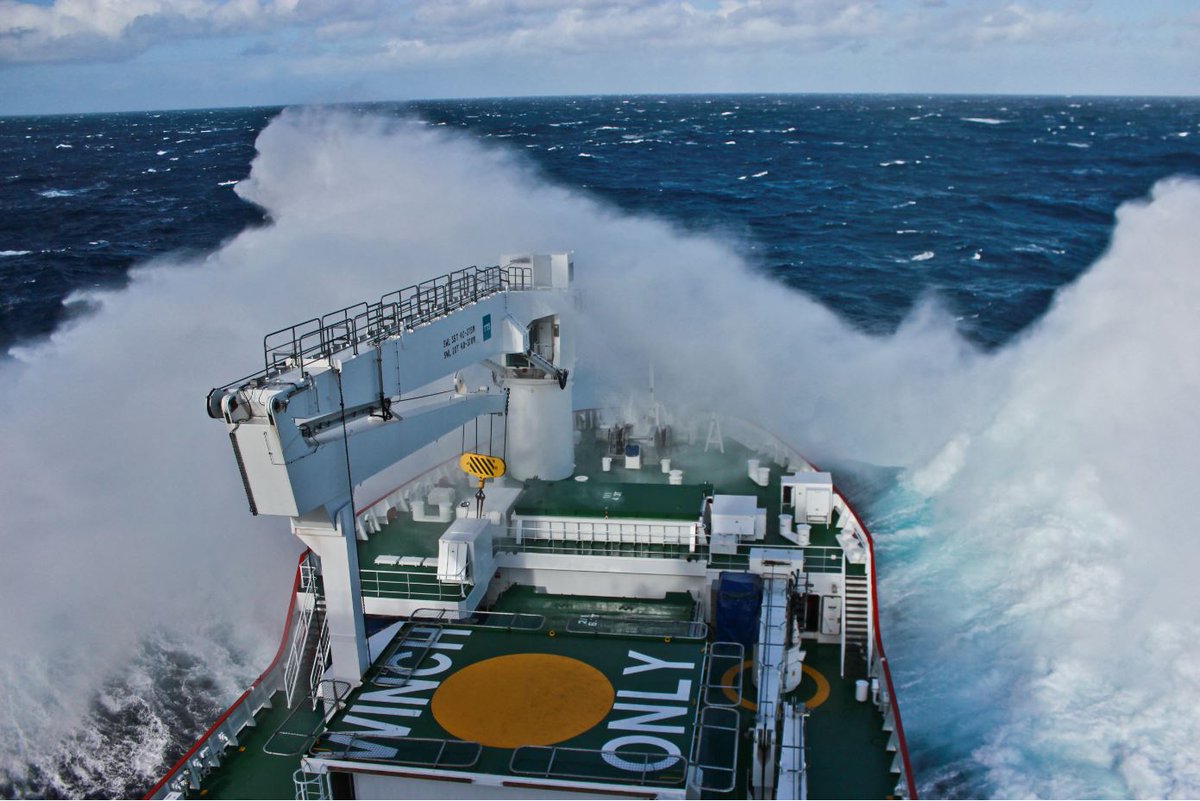
This day allows for the recognition of the unique and vital roles seafarers play in the global community and the United Nations recognise this as an observance day. The Day of the Seafarer encourages the public and ignites official conversations about seafarers and the need to uphold their well-being, ensure a safe working environment and pay tribute to the great sacrifices made within this industry.
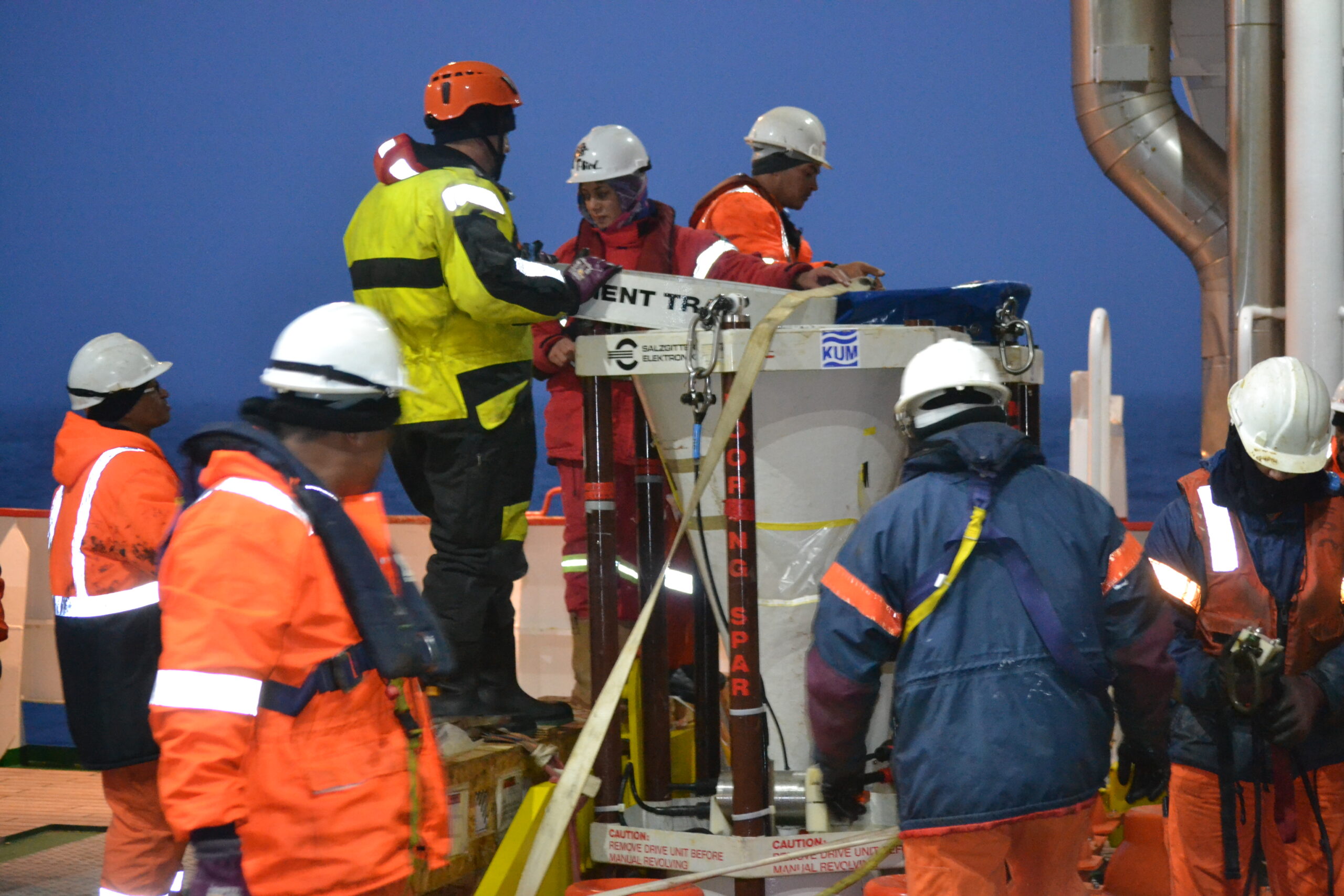
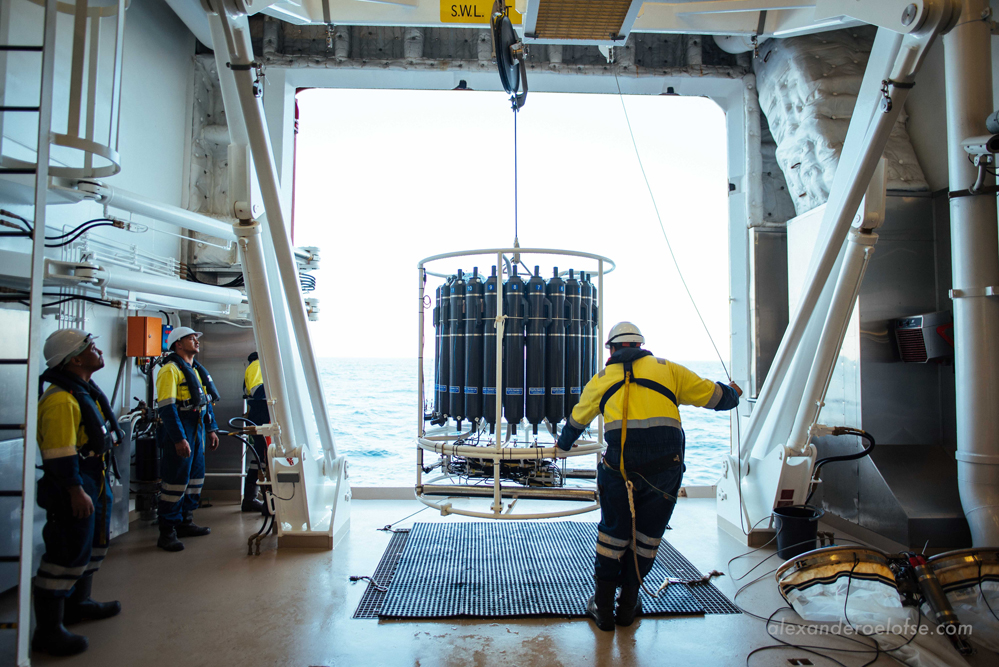
The Antarctic Legacy of South Africa (ALSA) wishes to extend our thanks to the African Marine Solutions: AMSOL seafarers that have served aboard the SA Agulhas I and II over the years. The SA Agulhas II has played host to many Overwintering teams, ushered to the Sub-Antarctic Islands and “home” to SANAP scientists and students for research expeditions. Captains, officers, engineers, deck crew and stewards all play an essential role in the success of a research cruise. Working round the clock to ensure the smooth execution of scientific operations, ensuring a safe working environment and navigating through some of the world’s most treacherous seas.
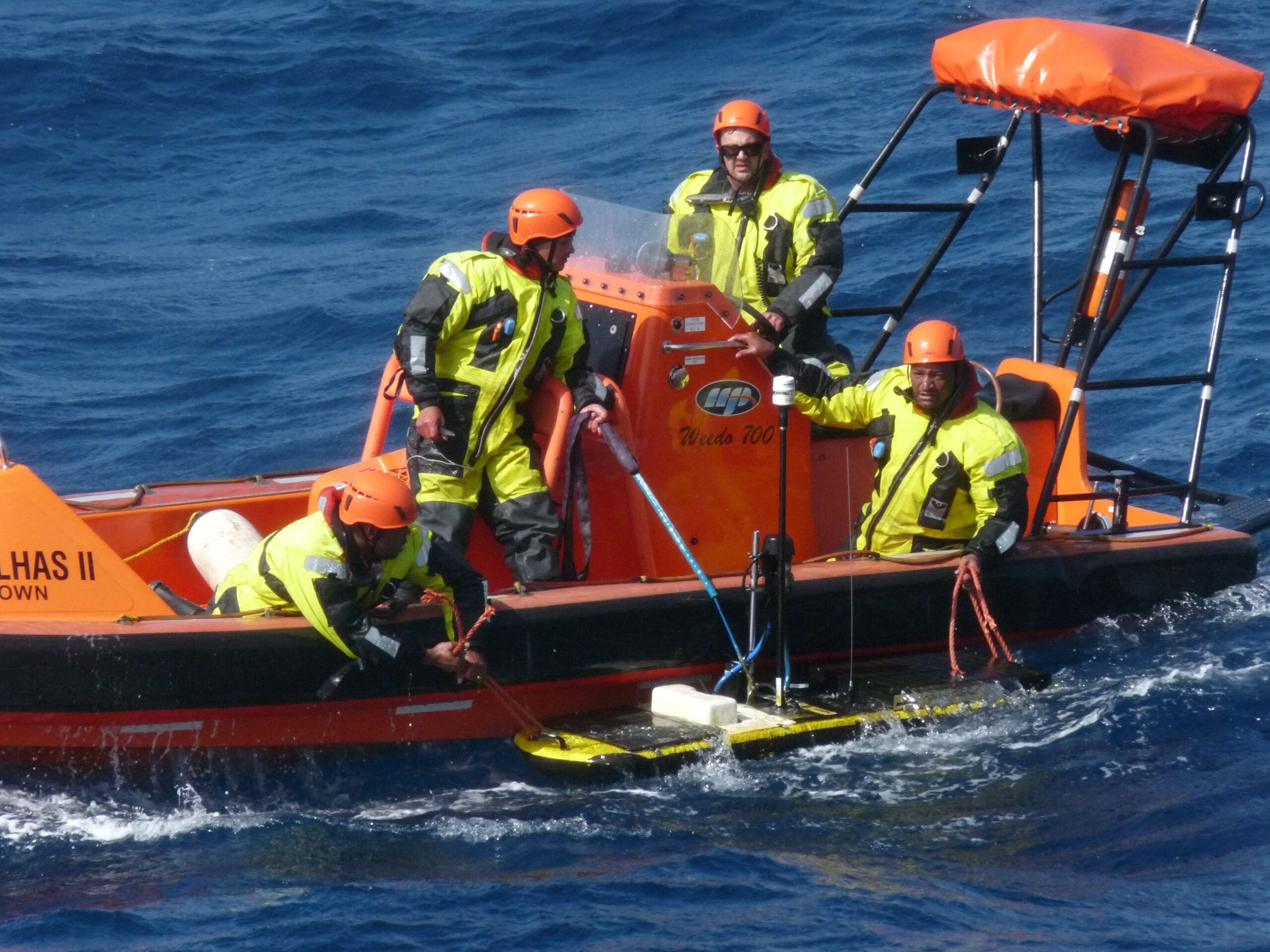
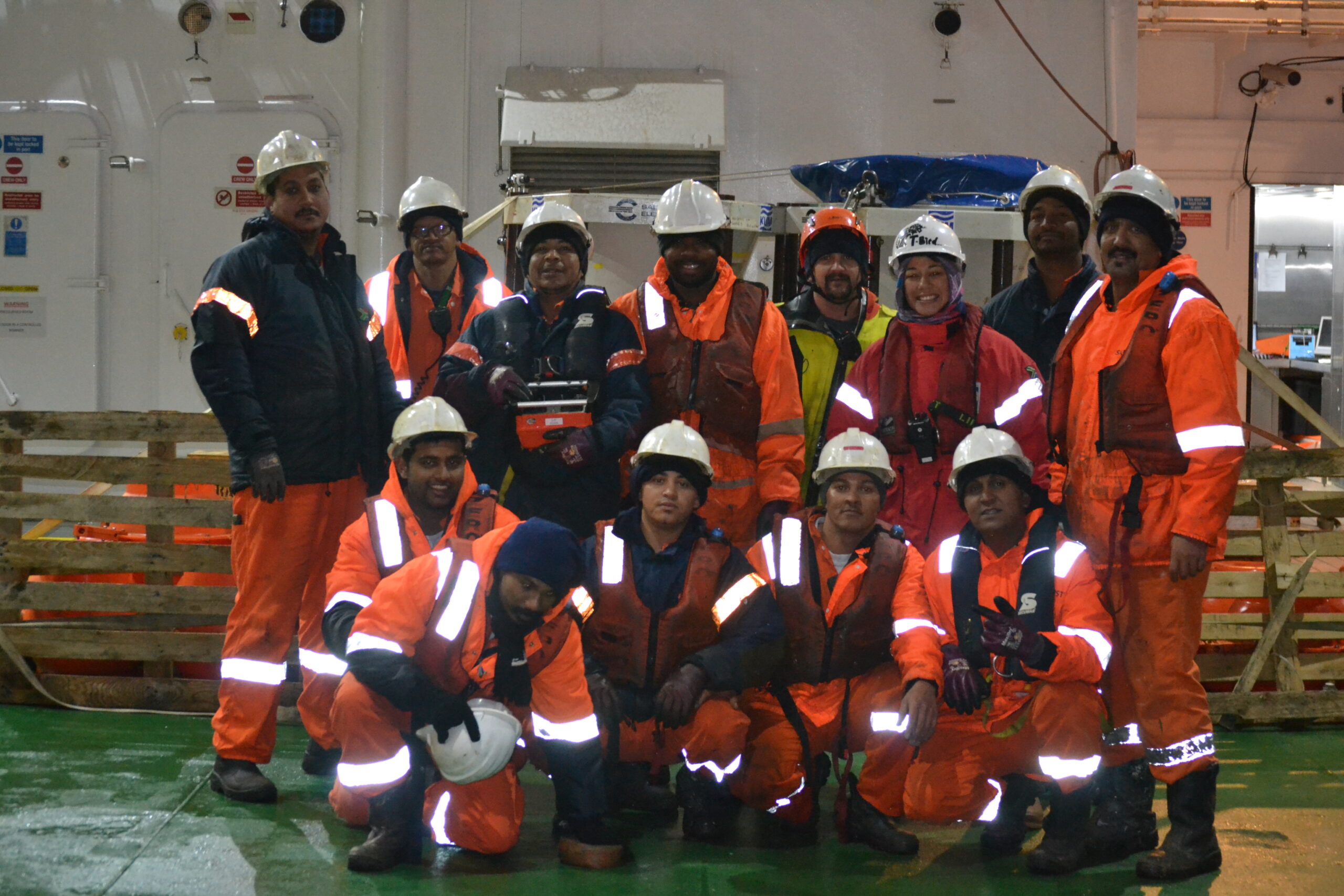
This is an industry which requires great sacrifice and time away from home, however the AMSOL personnel have a level of professionalism which makes working on board efficient and turns the vessel into a “home away from home” for many scientists.
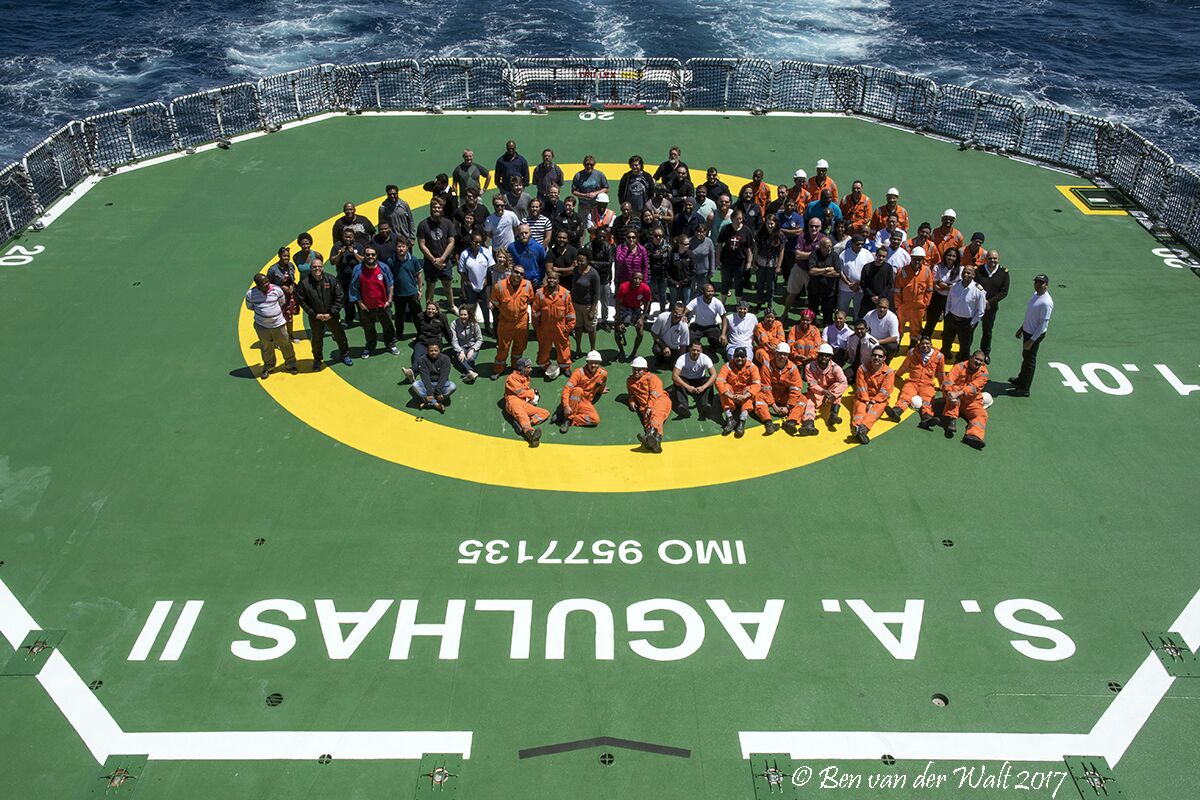 A great sense of pride and honour is instilled in all who sail aboard the SA Agulhas II and is seen as privilege to be part of this legacy of exploration. We thank all administrative staff involved with ensuring safe and efficient operations and celebrate all seafarers, without whom our scientific endeavours in the Southern Ocean would not be possible.
A great sense of pride and honour is instilled in all who sail aboard the SA Agulhas II and is seen as privilege to be part of this legacy of exploration. We thank all administrative staff involved with ensuring safe and efficient operations and celebrate all seafarers, without whom our scientific endeavours in the Southern Ocean would not be possible.
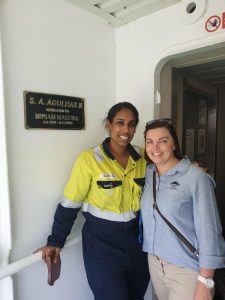
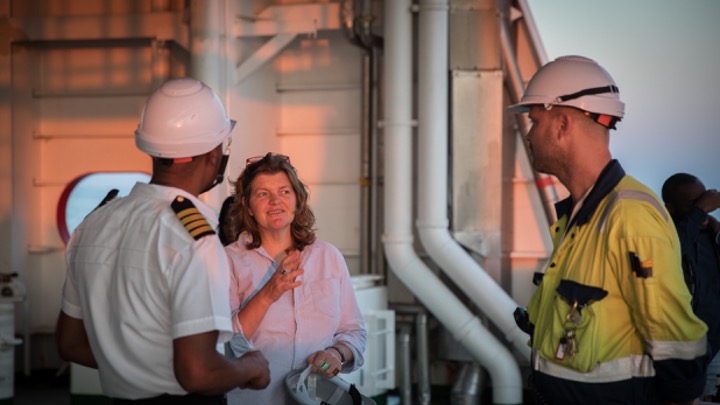

Tahlia Henry, Antarctic Legacy of South Africa, 25 June 2021
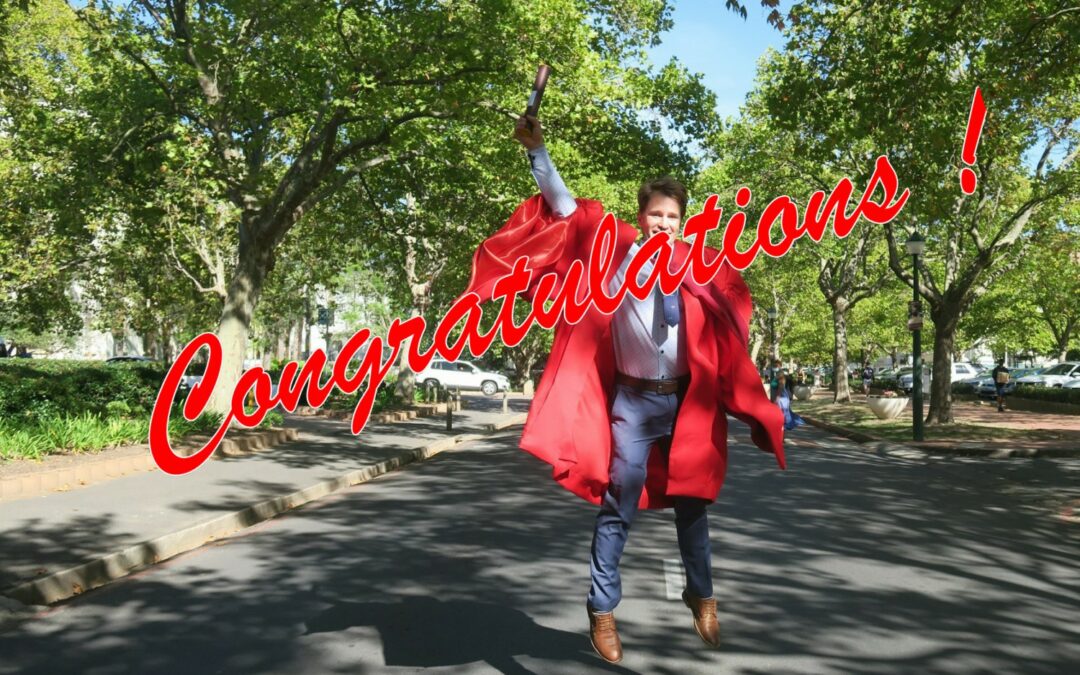
by Ria Olivier | Jun 16, 2021 | International Days, SANAP, SANAP Student
 Today 16 June 2021 on South African Youth Day we congratulate the students within SANAP community that have graduated during the past year.
Today 16 June 2021 on South African Youth Day we congratulate the students within SANAP community that have graduated during the past year.
“The lack of a real graduation ceremony made it less sensational, and we risk to forget that we should celebrate our students’ achievements” – Marcello Vichi
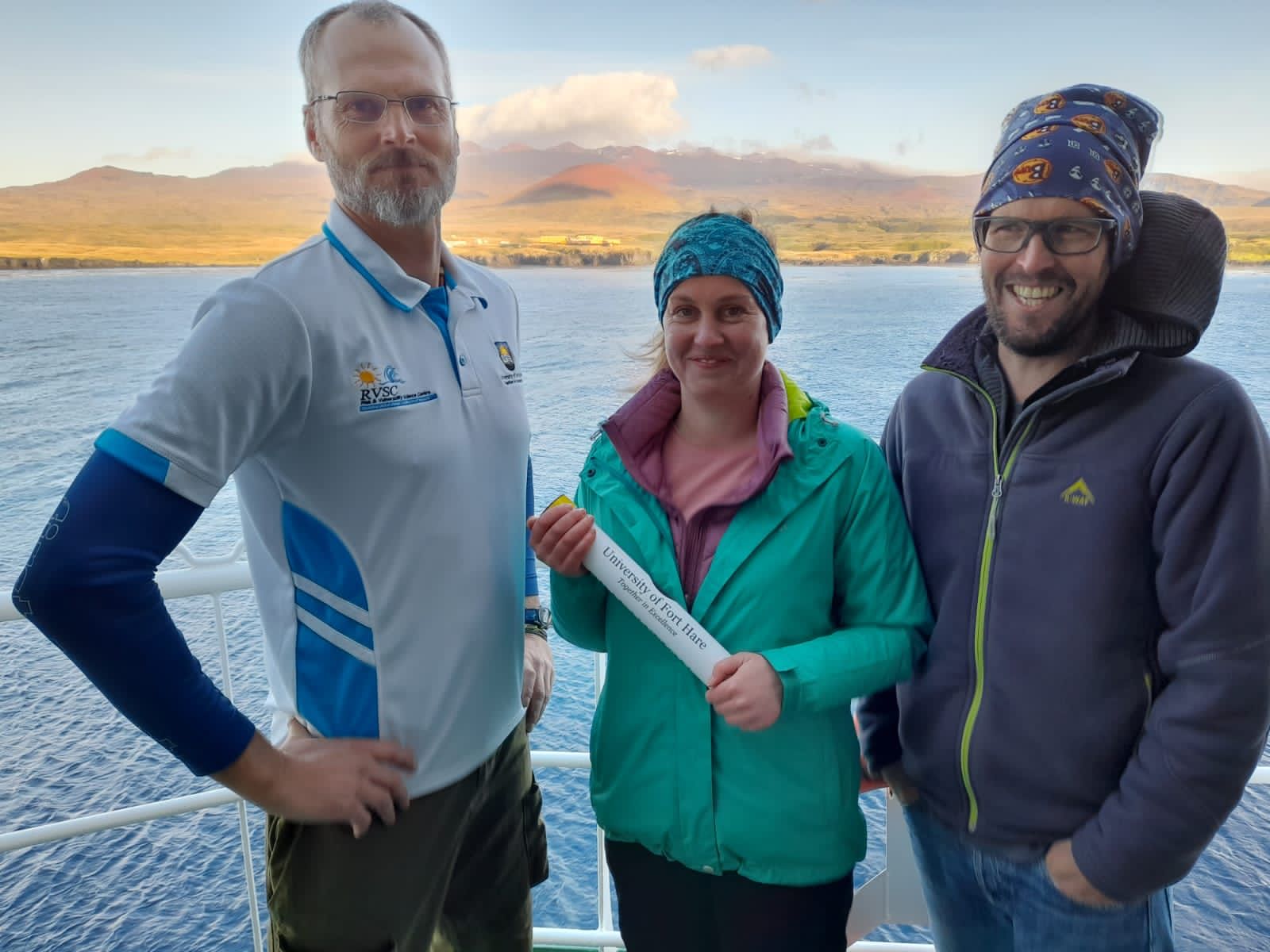
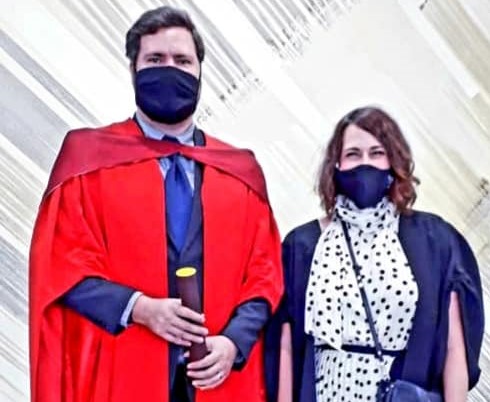 Left: Liezel Rudolph received her PhD certificate (all the way from Fort Hare University) during takeover to Marion Island on the S.A. Agulhas II with supervisors Werner Nel and David Hedding. Right: Brendon Nickerson with his supervisor Annie Bekker at PhD graduation ceremony at Stellenbosch University wearing masks.
Left: Liezel Rudolph received her PhD certificate (all the way from Fort Hare University) during takeover to Marion Island on the S.A. Agulhas II with supervisors Werner Nel and David Hedding. Right: Brendon Nickerson with his supervisor Annie Bekker at PhD graduation ceremony at Stellenbosch University wearing masks.
| Graduate | Degree | Institution | Supervisor |
| Elizabeth Rudolph | PhD | FH - Geography and Environmental Sciences | Werner Nel, David Hedding |
| Towards an improved understanding of the Southern Ocean’s biological pump: Phytoplankton group-specific contributions to nitrogen and carbon cycling across the Subantarctic Indian Ocean |
| Mapuka Nomsa | MSc | FH - Geography and Environmental Sciences | Werner Nel |
| The characteristics and trends of rainfall on sub-Antarctic Marion Island and associated air circulation patterns |
| Tegan Carpenter-Kling | PhD | NMU - Zoology (MAPRU) | Pierre Pistorius |
| Foraging in a dynamic environment: Movement and stable isotope ecology of marine top predators breeding at the Prince Edward Archipelago’ |
| Heather Forrer | MSc | UCT - Oceanography (Fawcett Lab) | Sarah Fawcett |
| Towards an improved understanding of the Southern Ocean’s biological pump: Phytoplankton group-specific contributions to nitrogen and carbon cycling across the Subantarctic Indian Ocean |
| Mark Hague | PhD | UCT - Oceanography (MARIS) | Marcello Vichi |
| The implications of ice - ocean - atmosphere interactions for phytoplankton phenology in the Southern Ocean |
| Ashleigh Womack | MSc | UCT - Oceanography (MARIS) | Marcello Vichi |
| Atmospheric drivers of ice drift in the Antarctic marginal ice zone |
| Jamie Jacobson | MSc | UCT - Oceanography (MARIS) | Marcello Vichi, A Mishra,R Verrinder |
| Development of Antarctic ice-tethered buoys |
| Ayanda Mpalweni | MSc | UCT - Oceanography (MARIS) | Marcello Vichi, Sarah Nicholson |
| Characterising the seasonal response of the mixed layer and the transitional layer to the passage of storms in the Sub-Antarctic Zone |
| Siobhan Johnson | MSc | UCT - Oceanography (MARIS) | Tokoloho Rampai, Marcello Vichi |
| Evaluation of the changes in the crystal structure of Antarctic sea ice from the marginal ice zone during winter and spring |
| Alexis Osborne | MSc | UCT - Zoology (Fitzpatrick Institute) | Peter Ryan |
| Understanding moult patterns in albatrosses and petrels breeding on Marion and Gough Islands |
| Mancha Mabaso | MSc | UP - Natural & Agricultural Sciences (GRI) | Thulane Makhalanyane |
| Elucidating the effects of physicochemical variables on the structure, composition and functionality of microbiomes in the Prince Edward Islands |
| Sunette Vos | MSc | UP - Natural & Agricultural Sciences (GRI) | Thulane Makhalanyane, Suzanne Fietz |
| Viral-host dynamics in marine environments |
| Liezl Pretorius | MSc | UP - Zoology and Entomology | Greg Hofmeyr, Marthán Bester, Maëlle Connan |
| Effect of sex and ontogeny on the trophic ecology of Southern Ocean fur seals |
| Kyle Lloyd | PhD | UP - Zoology (MIMMP) | Nico de Bruyn, Chris Oosthuizen |
| Individual variation in male southern elephant seal demography |
| Rowan Jordaan | PhD | UP - Zoology (MIMMP) | Nico de Bruyn, Chris Oosthuizen, Ryan Reisinger |
| Demographics of Marion Island killer whales |
| Nico L ü bcker | PhD | UP - Zoology (MIMMP) | Nico de Bruyn, RP Millar |
| Trophic influences, nutritional status, endocrine response on amino acid metabolism and reproduction of mammals |
| Yinhla Shilomule | MSc | UP - Zoology (MIMMP) | Nico de Bruyn, Ar Hoezel, Chris Oosthuizen |
| Hybridization and genetic variation of fur seals at Marion Island |
| Itai Mukutyu | MSc | UP - Zoology (MIMMP) | Nico de Bruyn, Mia Wege |
| Isotopic niche partitioning in sympatric fur seals from Marion Island |
| Caitlin van der Merwe | BSc Honns | UP - Zoology (MIMMP) | Nico de Bruyn, Cheryl Tosh |
| Oceanographic indicators of southern elephant foraging area avoidance |
| Leandri de Kock | BSc Honns | UP - Zoology (MIMMP) | Nico de Bruyn, Chris Oosthuizen |
| Phenology of southern elephant seal moult |
| Brendon Nickerson | PhD | US - Engineering (SVRG) | Annie Bekker |
| Inverse models for ice induced propeller moments on a polar vessel |
| Gerhard Durandt | M.Eng | US - Engineering (SVRG) | Annie Bekker |
| Data driven Regression Models for Voyage Cost Optimization Based on the Operating Conditions of the SA Agulhas II |
| Jesslyn Bossau | M.Eng | US - Engineering (SVRG) | Annie Bekker |
| The Detection and Quantification of Wave slamming from Full Scale Measurements on a Polar Vessel |
| Armand van Zuydam | M.Eng | US - Engineering (SVRG) | Annie Bekker |
| An investigation of the seakeeping behaviour of a polar vessel in waves |
| Nicole Taylor | M.Eng | US - Engineering (SVRG) | Annie Bekker |
| A Human Cyber Physical System Implementation for Seafarers. (Upgraded to PhD) |
| Martnique Engelbrecht | M.Eng | US - Engineering (SVRG) | Annie Bekker |
| Human response to wave induced motion, slamming and whipping. (Upgraded to PhD – awaiting faculty approval) |
| Jean Loock | PhD | US - Geology & Earth Sciences | Alakendra Roychoudhury |
| Austral Summer and Winter Trace Metal Distributions in the Southern Ocean and Antarctic Seasonal Sea Ice |
| Ryan Cloete | PhD | US - Geology & Earth Sciences | Alakendra Roychoudhury |
| The distribution and biogeochemical cycling of bioactive trace metals in the Southern Ocean |
| Tahlia Henry | MSc | Plymouth University - School of Biological and Marine Sciences | Alex Nimmo-Smith |
| Critical analysis of physical drivers of sediment movement at the mouth of the Erme Estuary. |
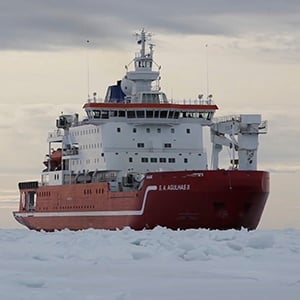
by Ria Olivier | Jun 8, 2021 | International Days, Oceanography, Research, SA Agulhas II, Science, Southern Ocean

United Nations World Oceans Day, is celebrated every year on the 8th June and this day serves as a reminder of the major role oceans have in our everyday lives. The oceans cover over 70% of the planet and is thus an essential source of life, supports and sustains humanity. The ocean also produces at least 50% of the planet’s oxygen supply and supports most of the earth’s biodiversity and a source of protein for billions of people around the globe. A further key component of the ocean is that it supports a global economy with an estimated 40 million people who rely on this ocean-based industry.
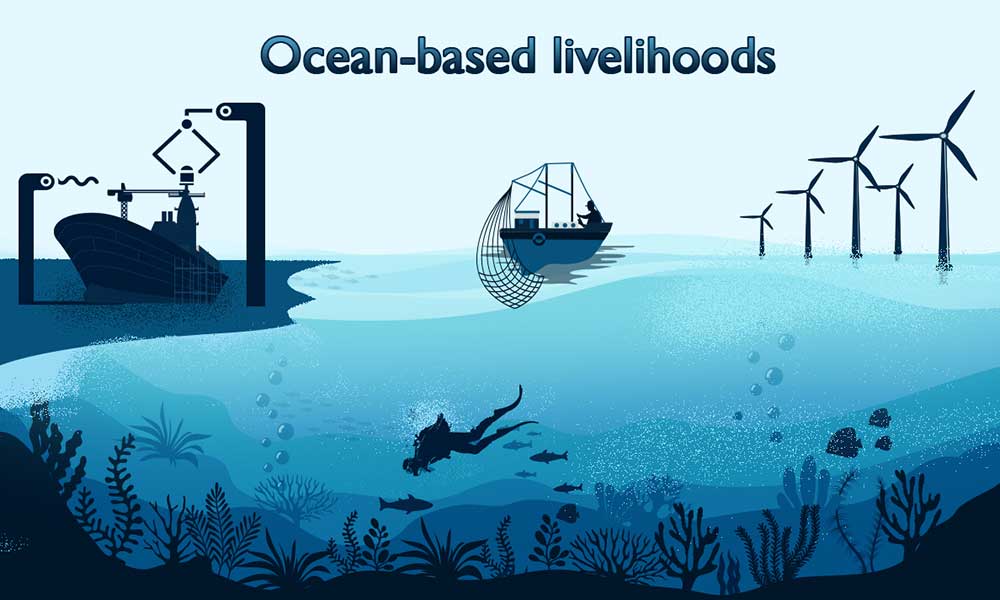 The theme for this year’s United Nations World Oceans Day is “Life and Livelihood”. This theme is also in line with the declaration of intentions that launched a decade of challenges to reach the Sustainable Development Goal 14, “Conserve and sustainably use the oceans, seas and marine resources”, by 2030. This highlights the need to conserve our marine resources for future generations. The main aim of this day is too educate and inform the public of the impact human activities (anthropogenic influence) have on the ocean and to develop a worldwide network of united citizens working together for a sustainable future.
The theme for this year’s United Nations World Oceans Day is “Life and Livelihood”. This theme is also in line with the declaration of intentions that launched a decade of challenges to reach the Sustainable Development Goal 14, “Conserve and sustainably use the oceans, seas and marine resources”, by 2030. This highlights the need to conserve our marine resources for future generations. The main aim of this day is too educate and inform the public of the impact human activities (anthropogenic influence) have on the ocean and to develop a worldwide network of united citizens working together for a sustainable future.
“Life and Livelihood” is a particularly relevant theme this year, in the lead-up to the UN Decade of Ocean Science for Sustainable Development (2021 – 2030). The hope is that this Decade will strengthen international cooperation in developing innovative technologies and promote scientific research which links ocean science with the  needs of society. The South African ocean science community has played a key role in continuous scientific research within the Southern Ocean and Coastal regions of South Africa. This research is conducted at the South African Sub-Antarctic bases namely, Marion Island and Gough Island and during research
needs of society. The South African ocean science community has played a key role in continuous scientific research within the Southern Ocean and Coastal regions of South Africa. This research is conducted at the South African Sub-Antarctic bases namely, Marion Island and Gough Island and during research expeditions aboard the S.A. Agulhas II in the Antarctic region by various institutions. SANAP principal investigators, researchers and students took part in the All Atlantic 2021 Conference (2nd – 4th June 2021) and presented on the need for sustainable development and capacity building for future generations, through innovative programs and a network of Floating Universities such as SEAmester South Africas Class Afloat. Thus highlighting the need to “Connect, Act and Cooperate” within a global network to achieve sustainably with ocean based resources, preserved marine environment and pave the way for future generations.
expeditions aboard the S.A. Agulhas II in the Antarctic region by various institutions. SANAP principal investigators, researchers and students took part in the All Atlantic 2021 Conference (2nd – 4th June 2021) and presented on the need for sustainable development and capacity building for future generations, through innovative programs and a network of Floating Universities such as SEAmester South Africas Class Afloat. Thus highlighting the need to “Connect, Act and Cooperate” within a global network to achieve sustainably with ocean based resources, preserved marine environment and pave the way for future generations.

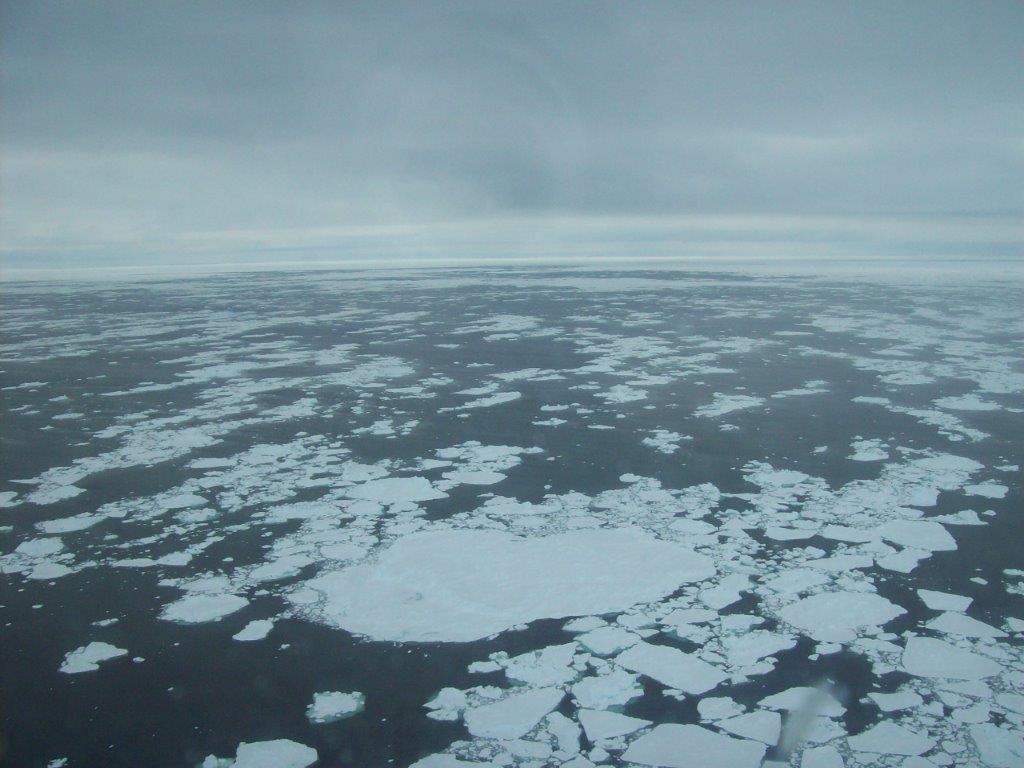
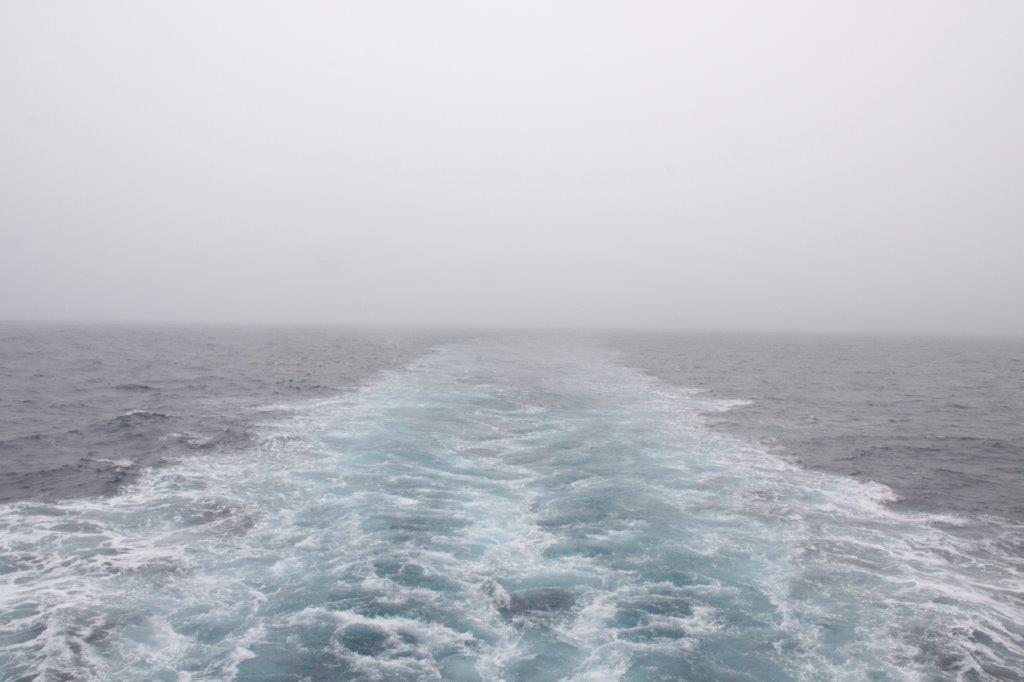 Members of the Southern Ocean community set up a Task Force to develop the Southern Ocean Action Plan. This Action Plan will provide a framework for Southern Ocean stakeholders to formulate and develop concrete activities that support the Decade vision. To ensure this Action Plan represents the diverse perspectives and priorities of a wide range of Southern Ocean stakeholders, the Southern Ocean Task Force is now inviting all interested stakeholders to get involved in the process.
Members of the Southern Ocean community set up a Task Force to develop the Southern Ocean Action Plan. This Action Plan will provide a framework for Southern Ocean stakeholders to formulate and develop concrete activities that support the Decade vision. To ensure this Action Plan represents the diverse perspectives and priorities of a wide range of Southern Ocean stakeholders, the Southern Ocean Task Force is now inviting all interested stakeholders to get involved in the process.
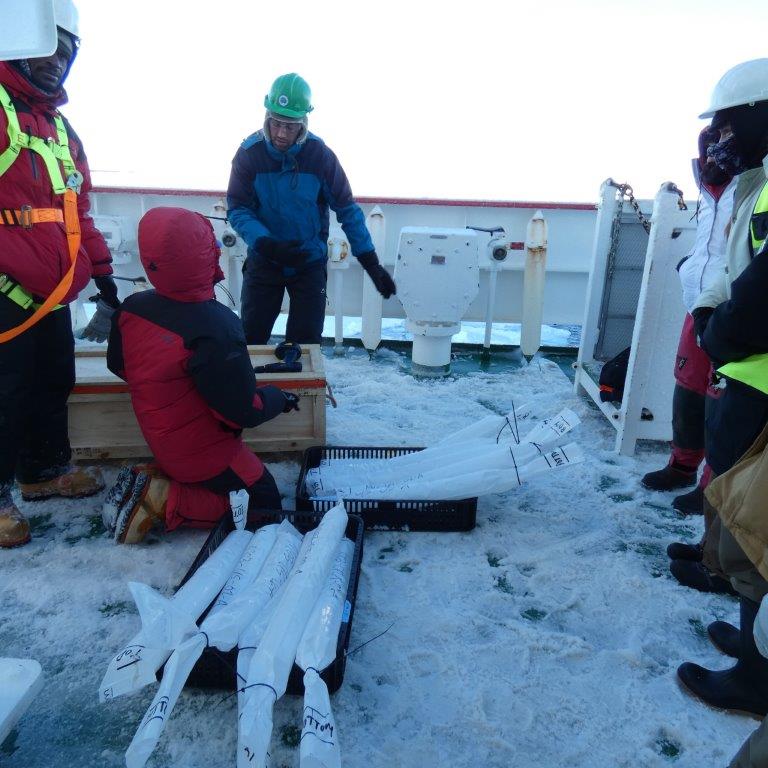

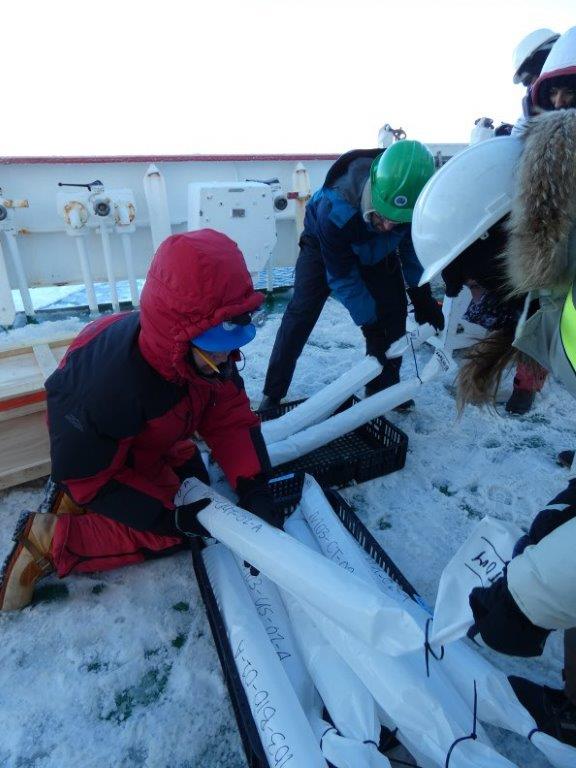 Whether you are an early career professional or have an extensive background in polar activities, or you represent an institute, programme or initiative, your insights into how Southern Ocean science should evolve over the coming years to achieve the UN Sustainable Development Goals will provide valuable information to develop an inclusive Action Plan. If you wish to help us identify Southern Ocean priorities, we kindly ask that you read our report and complete our survey no later than 23:59 UTC on 18 June 2021. – The SOdecade Team
Whether you are an early career professional or have an extensive background in polar activities, or you represent an institute, programme or initiative, your insights into how Southern Ocean science should evolve over the coming years to achieve the UN Sustainable Development Goals will provide valuable information to develop an inclusive Action Plan. If you wish to help us identify Southern Ocean priorities, we kindly ask that you read our report and complete our survey no later than 23:59 UTC on 18 June 2021. – The SOdecade Team
(Images : ALSA archive)

by Ria Olivier | Jun 5, 2021 | Environment, International Days
 World Environment Day 2021 will see the launch of the UN Decade on Ecosystem Restoration:
World Environment Day 2021 will see the launch of the UN Decade on Ecosystem Restoration:
“TEN MORE YEARS TO RESTORE THE PLANET”

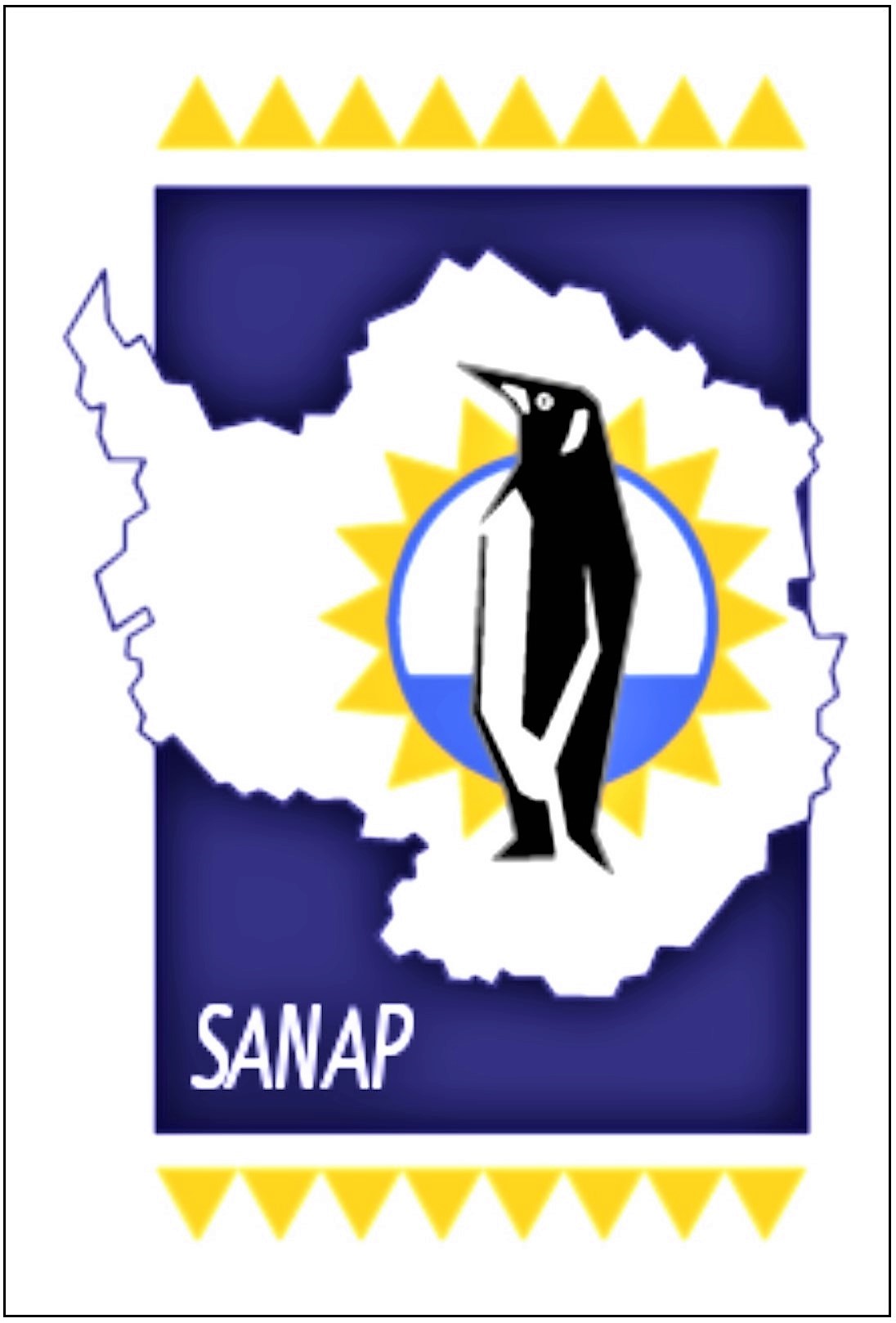 With the celebration of Environment Day on 5 June 2021 with the theme: “Reimagine, Recreate, Restore” we highlight the objectives of the South African National Antarctic Programme(SANAP). SANAP plays a crucial role in conserving this living laboratory. Studies done in the Antarctic and sub-Antarctic are inextricably linked to our understanding of the entire Earth. SANAP recognises the global and national importance of safeguarding the environment of the Antarctic and Southern Ocean and protecting the integrity of ecosystems, both marine and terrestrial, in the region. The programme takes cognisance of the presence of natural resources (both renewable and non-renewable) and the increased interest in their possible utilisation (both consumptive and non-consumptive).
With the celebration of Environment Day on 5 June 2021 with the theme: “Reimagine, Recreate, Restore” we highlight the objectives of the South African National Antarctic Programme(SANAP). SANAP plays a crucial role in conserving this living laboratory. Studies done in the Antarctic and sub-Antarctic are inextricably linked to our understanding of the entire Earth. SANAP recognises the global and national importance of safeguarding the environment of the Antarctic and Southern Ocean and protecting the integrity of ecosystems, both marine and terrestrial, in the region. The programme takes cognisance of the presence of natural resources (both renewable and non-renewable) and the increased interest in their possible utilisation (both consumptive and non-consumptive).
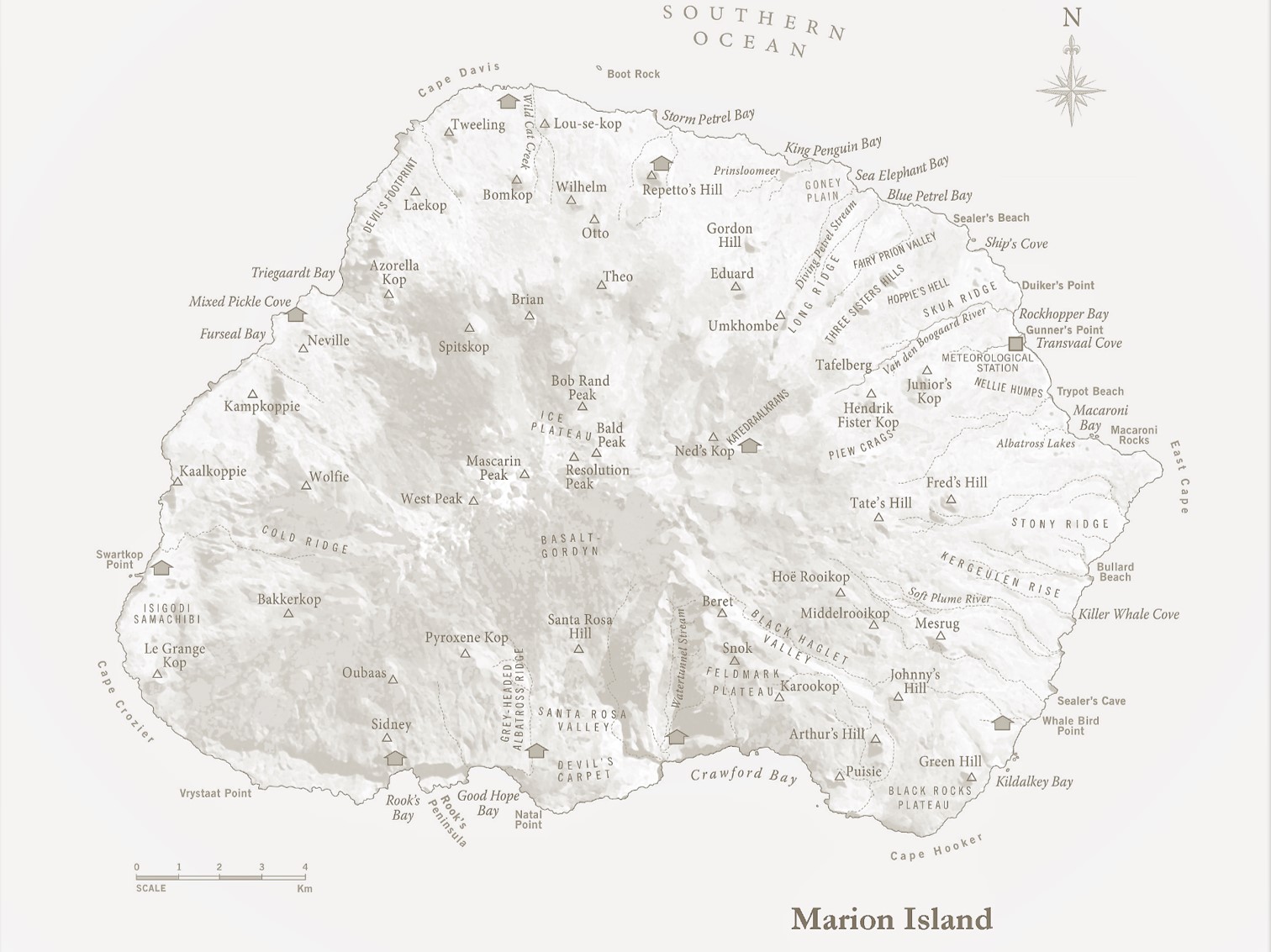
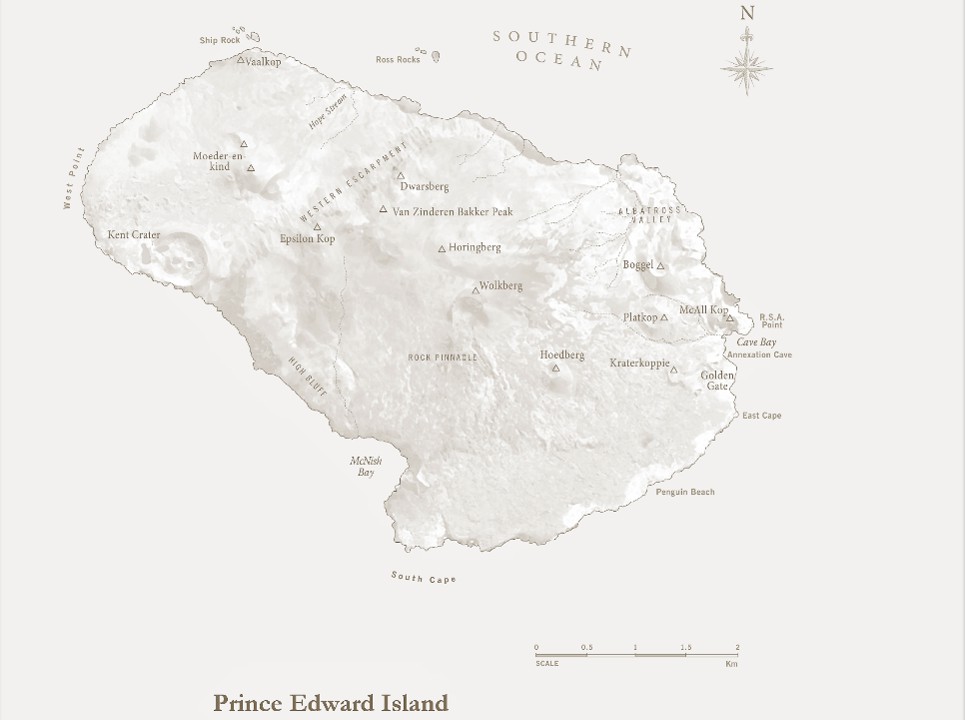 Conservation challenges on the Prince Edward Islands (South African most southern Islands): “.. increasingly stringent conservation measures mean that the Prince Edward Islands and the surrounding oceans face far fewer conservation challenges than do most other island groups. The challenges that do remain and the natural laboratory setting that the islands provide for understanding ecological processes, give a means for researchers to assess how these challenges can be forecast, managed, and overcome. Indeed, today, the Prince Edward Islands and their surrounding oceans are largely managed for conservation and for science.” – Marion & Prince Edward Island; Africa’s Southern Islands by A Terauds, J Cooper, S Chown and P Ryan.
Conservation challenges on the Prince Edward Islands (South African most southern Islands): “.. increasingly stringent conservation measures mean that the Prince Edward Islands and the surrounding oceans face far fewer conservation challenges than do most other island groups. The challenges that do remain and the natural laboratory setting that the islands provide for understanding ecological processes, give a means for researchers to assess how these challenges can be forecast, managed, and overcome. Indeed, today, the Prince Edward Islands and their surrounding oceans are largely managed for conservation and for science.” – Marion & Prince Edward Island; Africa’s Southern Islands by A Terauds, J Cooper, S Chown and P Ryan.
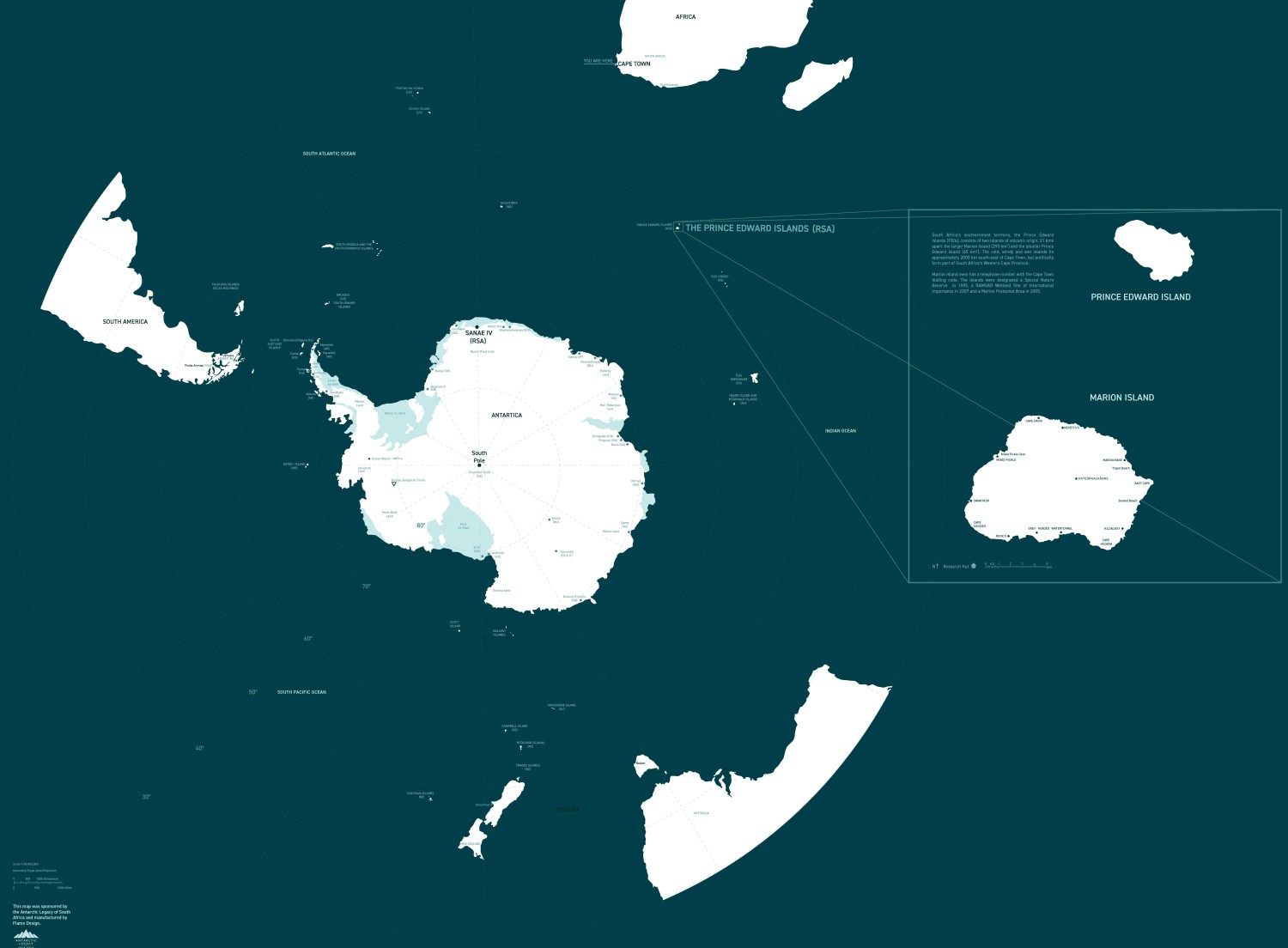 “There has never been a more urgent need to revive damaged ecosystems than now. Ecosystems support all life on Earth. The healthier our ecosystems are, the healthier the planet – and its people. The UN Decade on Ecosystem Restoration aims to prevent, halt and reverse the degradation of ecosystems on every continent and in every ocean.”
“There has never been a more urgent need to revive damaged ecosystems than now. Ecosystems support all life on Earth. The healthier our ecosystems are, the healthier the planet – and its people. The UN Decade on Ecosystem Restoration aims to prevent, halt and reverse the degradation of ecosystems on every continent and in every ocean.”
Visit the Mouse-Free Marion t and the Gough island Restoration websites – with the aim to restore the environment.
 TOGETHER WE CAN BE #GENERATIONRESTORATION
TOGETHER WE CAN BE #GENERATIONRESTORATION
 (Images above – Tom Mcsherry, available on ALSA Archive)
(Images above – Tom Mcsherry, available on ALSA Archive)
 South Africa’s Department of Fisheries, Forestry and the Environment (DFFE) South Africa celebrates World Environment Day. The Minister of Forestry, Fisheries and the Environment, Ms Barbara Creecy will mark this year’s World Environment Day by reflecting on 25 years of DFFE/ United Nations Development Programme cooperation, on Saturday 5 June 2021.
South Africa’s Department of Fisheries, Forestry and the Environment (DFFE) South Africa celebrates World Environment Day. The Minister of Forestry, Fisheries and the Environment, Ms Barbara Creecy will mark this year’s World Environment Day by reflecting on 25 years of DFFE/ United Nations Development Programme cooperation, on Saturday 5 June 2021.

by Ria Olivier | May 22, 2021 | Environment, International Days, Legacy, Uncategorised
 In 2014 on International Biodiversity Day the theme was “Island Biodiversity”. The Department of Forestry , Fisheries and the Environment(DFFE) state the following in 2014:“The legacy of a unique evolutionary history, many island species are endemic – found nowhere else on Earth. Islands harbour higher concentrations of endemic species than do continents, and the number and proportion of endemics rises with increasing isolation, island size and topographic variety.”
In 2014 on International Biodiversity Day the theme was “Island Biodiversity”. The Department of Forestry , Fisheries and the Environment(DFFE) state the following in 2014:“The legacy of a unique evolutionary history, many island species are endemic – found nowhere else on Earth. Islands harbour higher concentrations of endemic species than do continents, and the number and proportion of endemics rises with increasing isolation, island size and topographic variety.”
 Today on International biodiversity day we celebrate Marion Island in all its diversity. “With increasing development pressures and climate change islands are now more threatened than ever before. Unless there is immediate action to save the remaining unprotected hotspot areas, the species losses will increase severely especially among those species that are endemic to these islands. Protecting them is vital and necessary, to ensure their conservation for future generations.” – Media release DFFE
Today on International biodiversity day we celebrate Marion Island in all its diversity. “With increasing development pressures and climate change islands are now more threatened than ever before. Unless there is immediate action to save the remaining unprotected hotspot areas, the species losses will increase severely especially among those species that are endemic to these islands. Protecting them is vital and necessary, to ensure their conservation for future generations.” – Media release DFFE
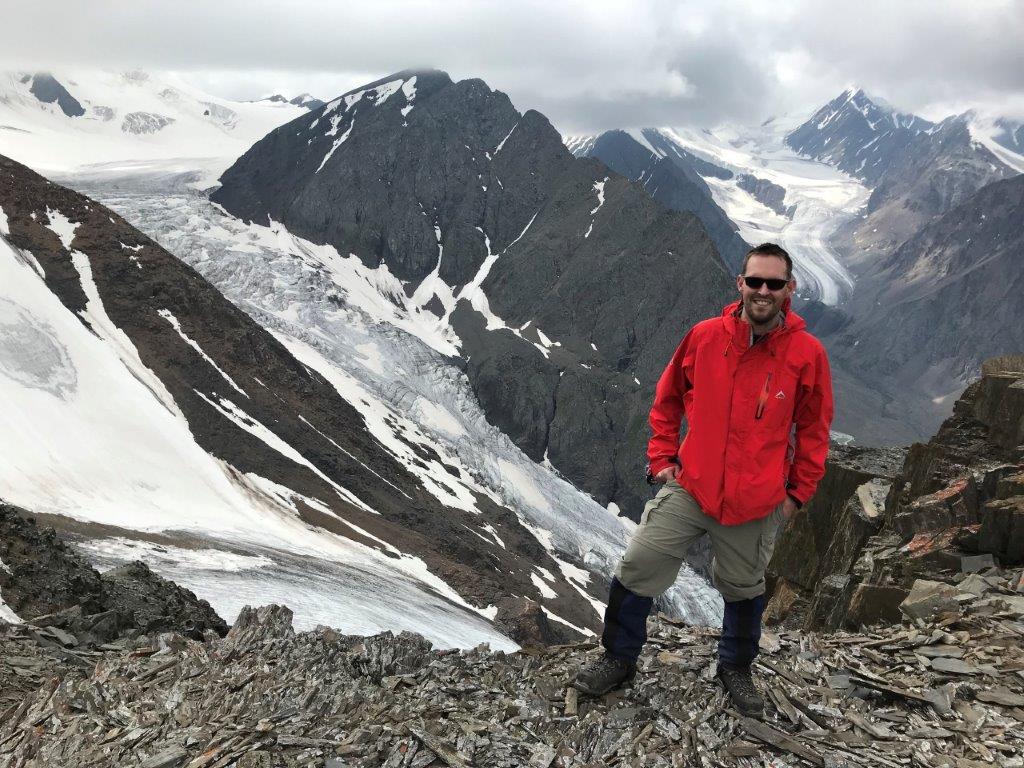
 The theme for this year is “We are part of the solution for nature”- in an Instagram post David Hedding(left) highlight the landscape response to climate – Did you know South Africa had a glacier until very recently?
The theme for this year is “We are part of the solution for nature”- in an Instagram post David Hedding(left) highlight the landscape response to climate – Did you know South Africa had a glacier until very recently?
“In 1966, Dr Brian Huntley(right) photographed the summit region of Marion Island known as the ‘Ice Plateau’.

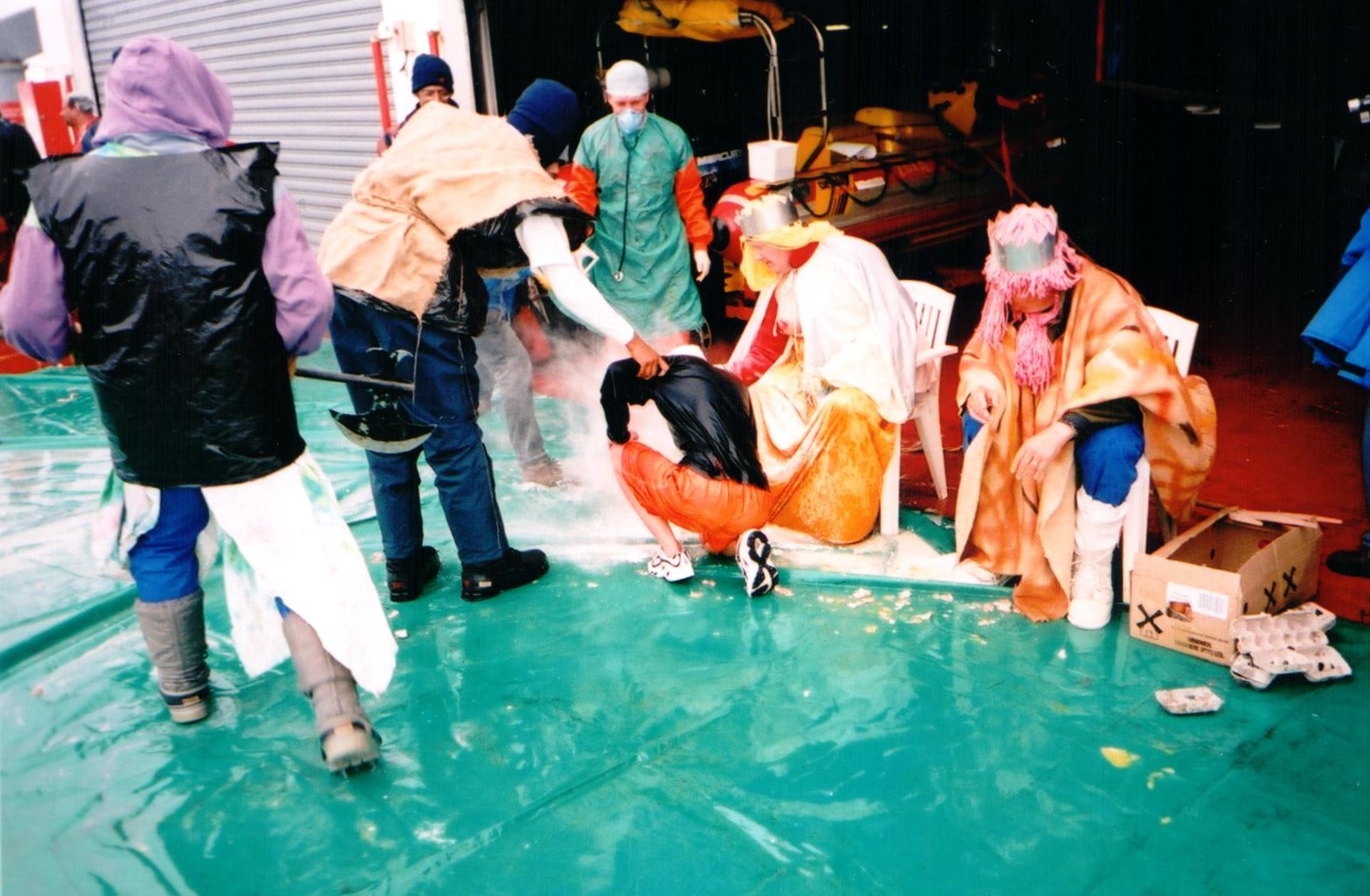 Flow lines visible in the photograph showed that ice was moving (top – image 1- left). In 2004, while doing my Masters, I decided to return to same spot and rephotograph the Ice Plateau to compare (middle – image 1- left). Sadly, much of the ice was melting away and when assessed in the context of climate amelioration recorded at the island provided evidence for the most drastic landscape response to climate change on the island. In 2021, I decided to try get back up to the Ice Plateau. Fortunately, I got a lucky break and managed to get back up on a relatively decent day to summit Mascarin Peak (image 4 -right) and rephotograph the area again (bottom – image 1- left).
Flow lines visible in the photograph showed that ice was moving (top – image 1- left). In 2004, while doing my Masters, I decided to return to same spot and rephotograph the Ice Plateau to compare (middle – image 1- left). Sadly, much of the ice was melting away and when assessed in the context of climate amelioration recorded at the island provided evidence for the most drastic landscape response to climate change on the island. In 2021, I decided to try get back up to the Ice Plateau. Fortunately, I got a lucky break and managed to get back up on a relatively decent day to summit Mascarin Peak (image 4 -right) and rephotograph the area again (bottom – image 1- left).
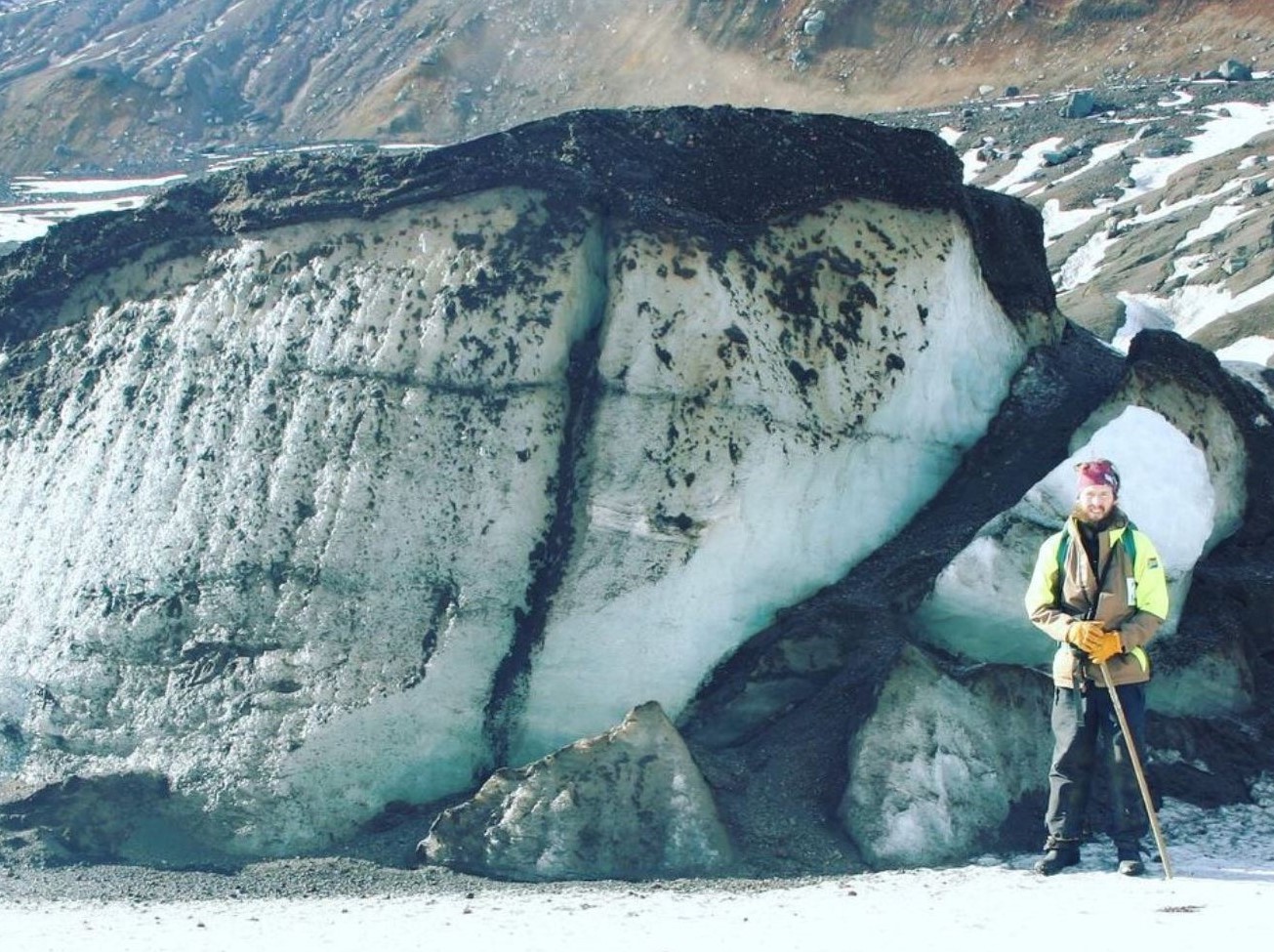
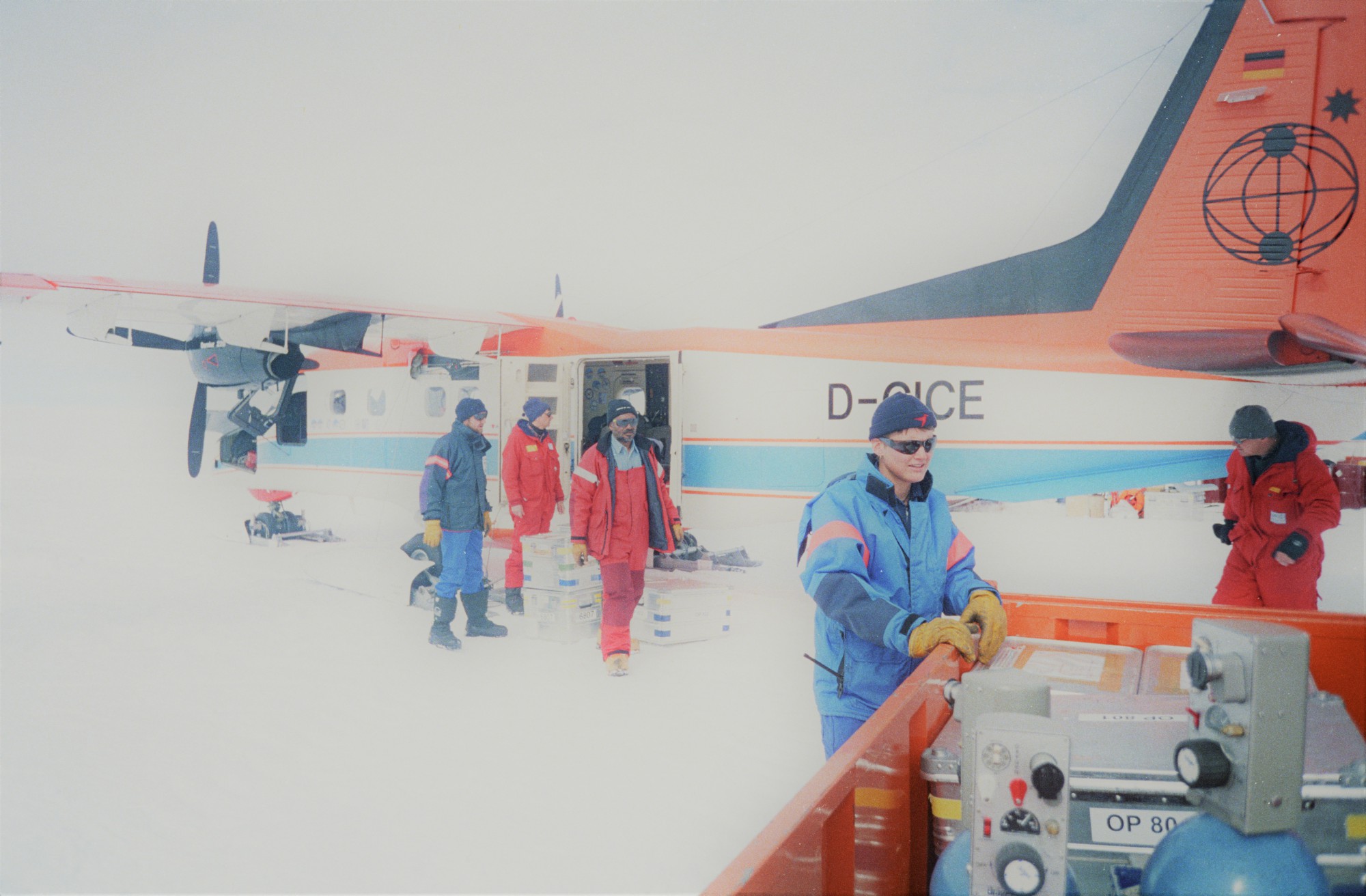 Sadly, I noticed even further melt-out with all the ice caves now gone and much of the remaining buried ice also having disappeared (image 2 -left & image 3-right).
Sadly, I noticed even further melt-out with all the ice caves now gone and much of the remaining buried ice also having disappeared (image 2 -left & image 3-right).

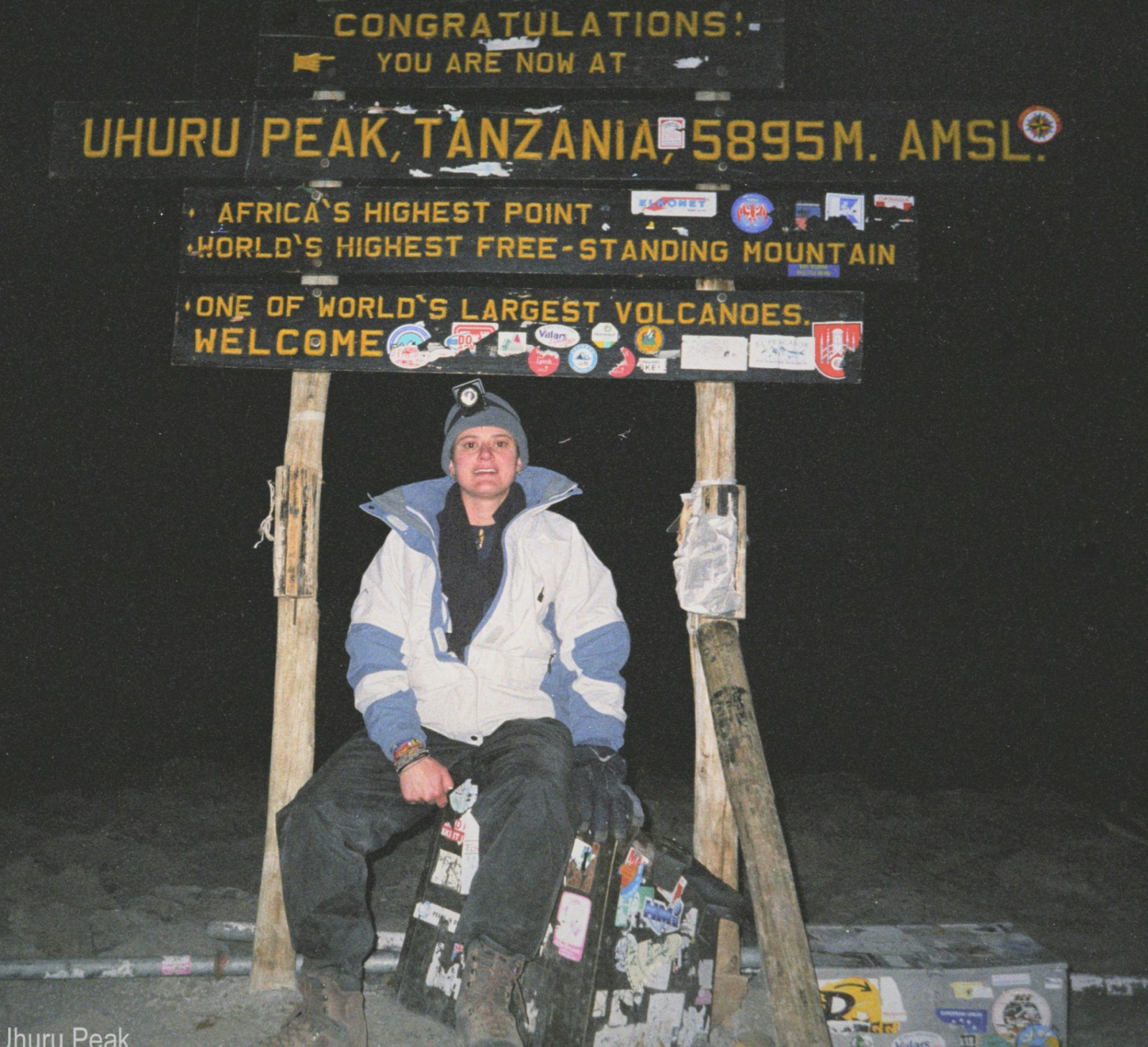 The remaining ice was protected from increasing air temperatures and insolation (solar radiation) under a layer of scoria so the ice probably lasted a lot longer than it should have and although a few pockets of buried ice were still visible the ‘Ice Plateau’ as it was once called is no more (images 5-left & 6-right).”
The remaining ice was protected from increasing air temperatures and insolation (solar radiation) under a layer of scoria so the ice probably lasted a lot longer than it should have and although a few pockets of buried ice were still visible the ‘Ice Plateau’ as it was once called is no more (images 5-left & 6-right).”
Be part of the solution give your comments on The Minister of Forestry, Fisheries and the Environment, Ms Barbara Creecy, on the revised National Biodiversity Framework (NBF) 2019 to 2024. Minister Creecy granted an extension until 07 June 2021 for public consultation. An electronic copy of the Government Notice and the draft revised framework can be downloaded from the Department of Forestry, Fisheries and the Environment website from the following link: Biodiversity Act, 2004 (Act No. 10 Of 2004): draft revised National Biodiversity Framework published for public comment in terms of the National Environmental Management [G 44229 – GoN 171]
Images, captions: David Hedding
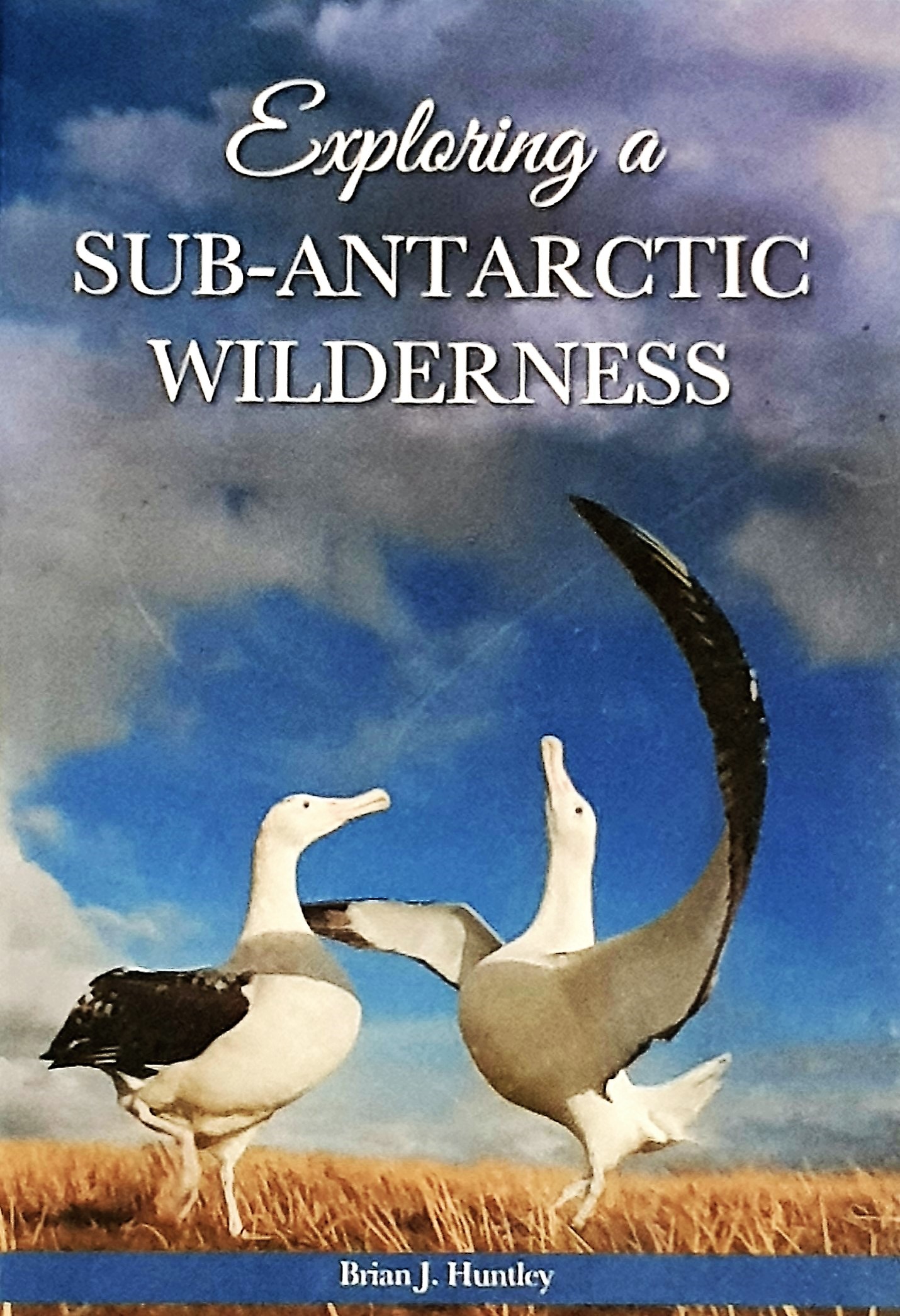 Dr Brian Huntley publication available form the Antarctic Legacy fo South Africa antarcticlegacy@sun.ac.za
Dr Brian Huntley publication available form the Antarctic Legacy fo South Africa antarcticlegacy@sun.ac.za

 The 1st of August 2021 represents Africa’s first ever Marine Protected Area Day. “A Marine Protected Area (MPA) is an area of coastline or ocean that is specially protected for the benefit of people and nature The rich diversity of coastal and ocean ecosystems in South Africa are protected through a network of MPAs. Prior to 2019, there were 25 formally declared MPAs including 23 permanent coastal MPAs, including the large Prince Edward Islands (PEIs) MPA in the Southern Ocean. Thirty percent of South Africa’s territory in the Southern Ocean is protected by Prince Edward Islands MPA- https://www.marineprotectedareas.org.za
The 1st of August 2021 represents Africa’s first ever Marine Protected Area Day. “A Marine Protected Area (MPA) is an area of coastline or ocean that is specially protected for the benefit of people and nature The rich diversity of coastal and ocean ecosystems in South Africa are protected through a network of MPAs. Prior to 2019, there were 25 formally declared MPAs including 23 permanent coastal MPAs, including the large Prince Edward Islands (PEIs) MPA in the Southern Ocean. Thirty percent of South Africa’s territory in the Southern Ocean is protected by Prince Edward Islands MPA- https://www.marineprotectedareas.org.za  Prince Edward Islands Marine protected Area is a “A volcanic sub-Antarctic wilderness teeming with hundreds of thousands of penguins, albatrosses, petrels and seals. The Prince Edward Islands are the jewels in South Africa’s island crown. They comprise of the larger Marion Island and the smaller Prince Edward Island, which were annexed by the South African navy in 1948. A permanent weather station has been in operation ever since that provides vital information needed to monitor weather and climate change in the Southern Ocean. The islands are home to unique plants and animals not found near the South African mainland. There are millions of penguins, albatrosses, petrels, seals and a transient group of killer whales. The MPA was proclaimed in 2013 and covers 30% of South Africa’s Southern Ocean territory, representing 80% of its ecosystem diversity. It protects the productive waters surrounding the islands, as well as important features such as seamounts. This ensures that the krill and fish stocks that top predators depend on are not overexploited. Historically, there was intense fishing for Patagonion toothfish, but this collapsed and has been restricted to two vessels to allow for their recovery. The terrestrial ecosystems are under threat from invasive house mice that were accidentally introduced in the 1800s. The Mouse Free Marion project plans to eradicate the mice in 2021 to allow for the ecological recovery of the island’s plant, insect and seabird communities.” –https://www.marineprotectedareas.org.za/prince-edward-islands-mpa
Prince Edward Islands Marine protected Area is a “A volcanic sub-Antarctic wilderness teeming with hundreds of thousands of penguins, albatrosses, petrels and seals. The Prince Edward Islands are the jewels in South Africa’s island crown. They comprise of the larger Marion Island and the smaller Prince Edward Island, which were annexed by the South African navy in 1948. A permanent weather station has been in operation ever since that provides vital information needed to monitor weather and climate change in the Southern Ocean. The islands are home to unique plants and animals not found near the South African mainland. There are millions of penguins, albatrosses, petrels, seals and a transient group of killer whales. The MPA was proclaimed in 2013 and covers 30% of South Africa’s Southern Ocean territory, representing 80% of its ecosystem diversity. It protects the productive waters surrounding the islands, as well as important features such as seamounts. This ensures that the krill and fish stocks that top predators depend on are not overexploited. Historically, there was intense fishing for Patagonion toothfish, but this collapsed and has been restricted to two vessels to allow for their recovery. The terrestrial ecosystems are under threat from invasive house mice that were accidentally introduced in the 1800s. The Mouse Free Marion project plans to eradicate the mice in 2021 to allow for the ecological recovery of the island’s plant, insect and seabird communities.” –https://www.marineprotectedareas.org.za/prince-edward-islands-mpa


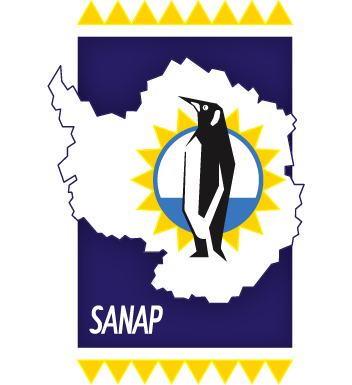











 A great sense of pride and honour is instilled in all who sail aboard the SA Agulhas II and is seen as privilege to be part of this legacy of exploration. We thank all administrative staff involved with ensuring safe and efficient operations and celebrate all seafarers, without whom our scientific endeavours in the Southern Ocean would not be possible.
A great sense of pride and honour is instilled in all who sail aboard the SA Agulhas II and is seen as privilege to be part of this legacy of exploration. We thank all administrative staff involved with ensuring safe and efficient operations and celebrate all seafarers, without whom our scientific endeavours in the Southern Ocean would not be possible.



 Today 16 June 2021 on South African Youth Day we congratulate the students within SANAP community that have graduated during the past year.
Today 16 June 2021 on South African Youth Day we congratulate the students within SANAP community that have graduated during the past year.
 Left: Liezel Rudolph received her PhD certificate (all the way from Fort Hare University) during takeover to Marion Island on the S.A. Agulhas II with supervisors Werner Nel and David Hedding. Right: Brendon Nickerson with his supervisor Annie Bekker at PhD graduation ceremony at Stellenbosch University wearing masks.
Left: Liezel Rudolph received her PhD certificate (all the way from Fort Hare University) during takeover to Marion Island on the S.A. Agulhas II with supervisors Werner Nel and David Hedding. Right: Brendon Nickerson with his supervisor Annie Bekker at PhD graduation ceremony at Stellenbosch University wearing masks.

 The theme for this year’s United Nations World Oceans Day is “Life and Livelihood”. This theme is also in line with the declaration of intentions that launched a decade of challenges to reach the
The theme for this year’s United Nations World Oceans Day is “Life and Livelihood”. This theme is also in line with the declaration of intentions that launched a decade of challenges to reach the  needs of society. The South African ocean science community has played a key role in continuous scientific research within the Southern Ocean and Coastal regions of South Africa. This research is conducted at the South African Sub-Antarctic bases namely,
needs of society. The South African ocean science community has played a key role in continuous scientific research within the Southern Ocean and Coastal regions of South Africa. This research is conducted at the South African Sub-Antarctic bases namely, 

 Members of the Southern Ocean community set up a
Members of the Southern Ocean community set up a 

 Whether you are an early career professional or have an extensive background in polar activities, or you represent an institute, programme or initiative, your insights into how Southern Ocean science should evolve over the coming years to achieve the UN Sustainable Development Goals will provide valuable information to develop an inclusive Action Plan. If you wish to help us identify Southern Ocean priorities, we kindly ask that you read our
Whether you are an early career professional or have an extensive background in polar activities, or you represent an institute, programme or initiative, your insights into how Southern Ocean science should evolve over the coming years to achieve the UN Sustainable Development Goals will provide valuable information to develop an inclusive Action Plan. If you wish to help us identify Southern Ocean priorities, we kindly ask that you read our 
 World Environment Day 2021 will see the launch of the
World Environment Day 2021 will see the launch of the 
 With the celebration of Environment Day on 5 June 2021 with the theme: “Reimagine, Recreate, Restore” we highlight the objectives of the
With the celebration of Environment Day on 5 June 2021 with the theme: “Reimagine, Recreate, Restore” we highlight the objectives of the 
 Conservation challenges on the Prince Edward Islands (South African most southern Islands): “.. increasingly stringent conservation measures mean that the Prince Edward Islands and the surrounding oceans face far fewer conservation challenges than do most other island groups. The challenges that do remain and the natural laboratory setting that the islands provide for understanding ecological processes, give a means for researchers to assess how these challenges can be forecast, managed, and overcome. Indeed, today, the Prince Edward Islands and their surrounding oceans are largely managed for conservation and for science.” – Marion & Prince Edward Island; Africa’s Southern Islands by A Terauds, J Cooper, S Chown and P Ryan.
Conservation challenges on the Prince Edward Islands (South African most southern Islands): “.. increasingly stringent conservation measures mean that the Prince Edward Islands and the surrounding oceans face far fewer conservation challenges than do most other island groups. The challenges that do remain and the natural laboratory setting that the islands provide for understanding ecological processes, give a means for researchers to assess how these challenges can be forecast, managed, and overcome. Indeed, today, the Prince Edward Islands and their surrounding oceans are largely managed for conservation and for science.” – Marion & Prince Edward Island; Africa’s Southern Islands by A Terauds, J Cooper, S Chown and P Ryan. “There has never been a more urgent need to revive damaged ecosystems than now. Ecosystems support all life on Earth. The healthier our ecosystems are, the healthier the planet – and its people. The UN Decade on Ecosystem Restoration aims to prevent, halt and reverse the degradation of ecosystems on every continent and in every ocean.”
“There has never been a more urgent need to revive damaged ecosystems than now. Ecosystems support all life on Earth. The healthier our ecosystems are, the healthier the planet – and its people. The UN Decade on Ecosystem Restoration aims to prevent, halt and reverse the degradation of ecosystems on every continent and in every ocean.” TOGETHER WE CAN BE #GENERATIONRESTORATION
TOGETHER WE CAN BE #GENERATIONRESTORATION (Images above – Tom Mcsherry, available on
(Images above – Tom Mcsherry, available on 

 In 2014 on International Biodiversity Day the theme was “Island Biodiversity”. The
In 2014 on International Biodiversity Day the theme was “Island Biodiversity”. The  Today on
Today on 
 The theme for this year is “We are part of the solution for nature”- in an
The theme for this year is “We are part of the solution for nature”- in an 
 Flow lines visible in the photograph showed that ice was moving (top – image 1- left). In 2004, while doing my Masters, I decided to return to same spot and rephotograph the Ice Plateau to compare (middle – image 1- left). Sadly, much of the ice was melting away and when assessed in the context of climate amelioration recorded at the island provided evidence for the most drastic landscape response to climate change on the island. In 2021, I decided to try get back up to the Ice Plateau. Fortunately, I got a lucky break and managed to get back up on a relatively decent day to summit Mascarin Peak (image 4 -right) and rephotograph the area again (bottom – image 1- left).
Flow lines visible in the photograph showed that ice was moving (top – image 1- left). In 2004, while doing my Masters, I decided to return to same spot and rephotograph the Ice Plateau to compare (middle – image 1- left). Sadly, much of the ice was melting away and when assessed in the context of climate amelioration recorded at the island provided evidence for the most drastic landscape response to climate change on the island. In 2021, I decided to try get back up to the Ice Plateau. Fortunately, I got a lucky break and managed to get back up on a relatively decent day to summit Mascarin Peak (image 4 -right) and rephotograph the area again (bottom – image 1- left).
 Sadly, I noticed even further melt-out with all the ice caves now gone and much of the remaining buried ice also having disappeared (image 2 -left & image 3-right).
Sadly, I noticed even further melt-out with all the ice caves now gone and much of the remaining buried ice also having disappeared (image 2 -left & image 3-right).
 The remaining ice was protected from increasing air temperatures and insolation (solar radiation) under a layer of scoria so the ice probably lasted a lot longer than it should have and although a few pockets of buried ice were still visible the ‘Ice Plateau’ as it was once called is no more (images 5-left & 6-right).”
The remaining ice was protected from increasing air temperatures and insolation (solar radiation) under a layer of scoria so the ice probably lasted a lot longer than it should have and although a few pockets of buried ice were still visible the ‘Ice Plateau’ as it was once called is no more (images 5-left & 6-right).” Dr Brian Huntley publication available form the Antarctic Legacy fo South Africa antarcticlegacy@sun.ac.za
Dr Brian Huntley publication available form the Antarctic Legacy fo South Africa antarcticlegacy@sun.ac.za
